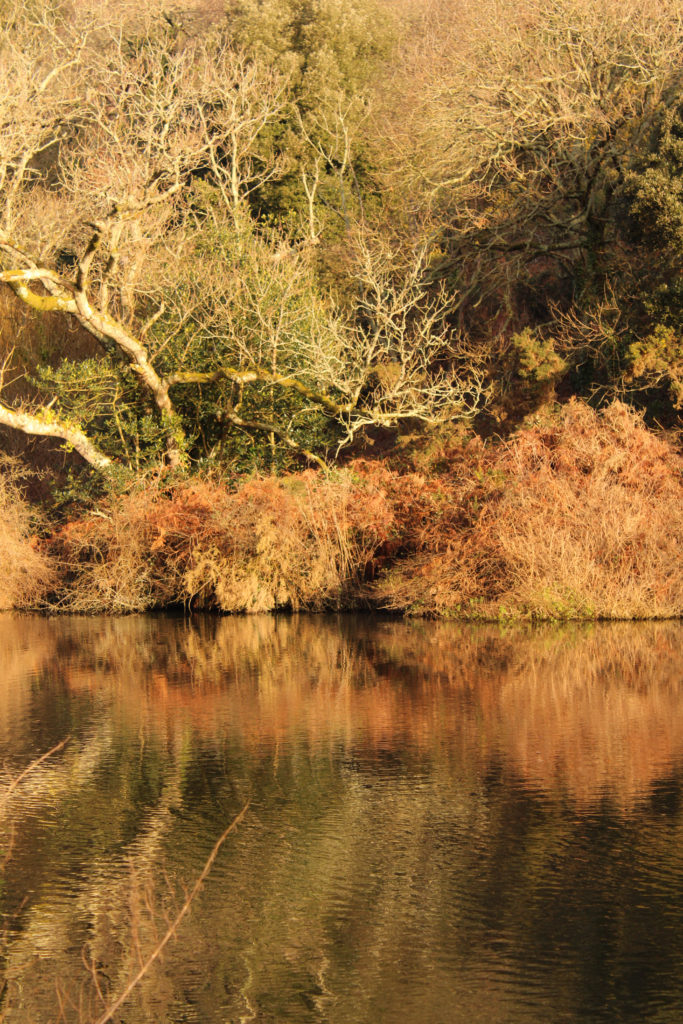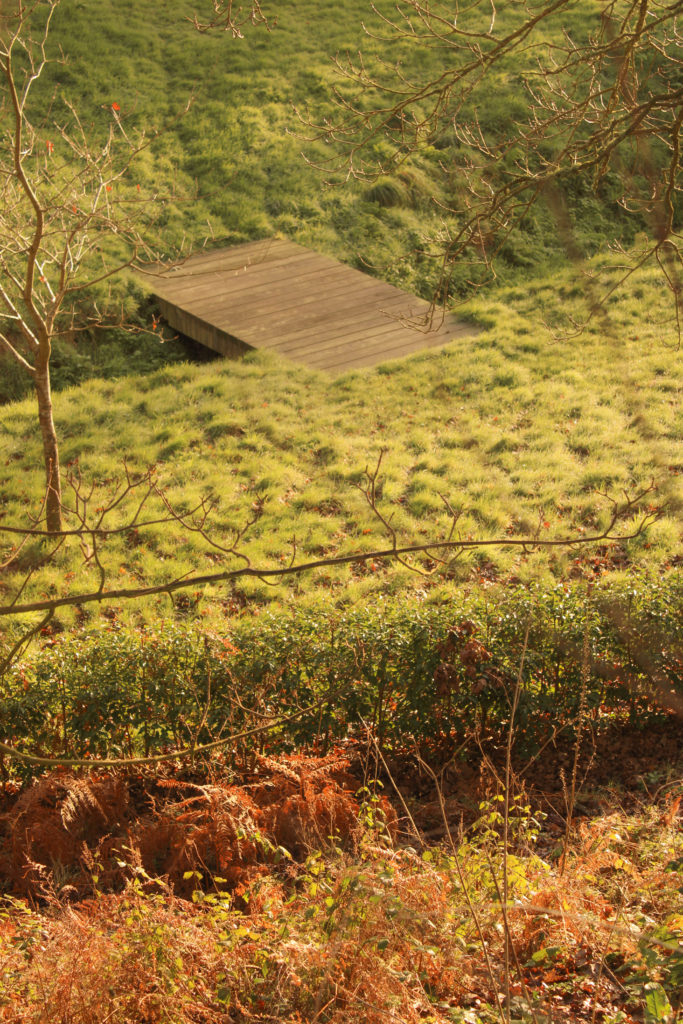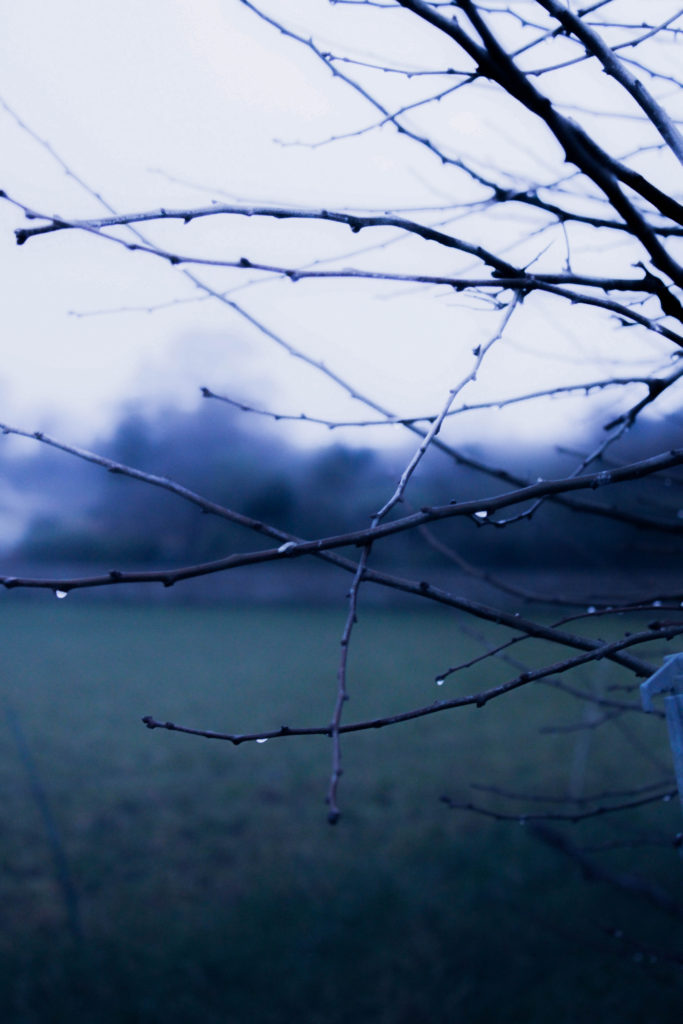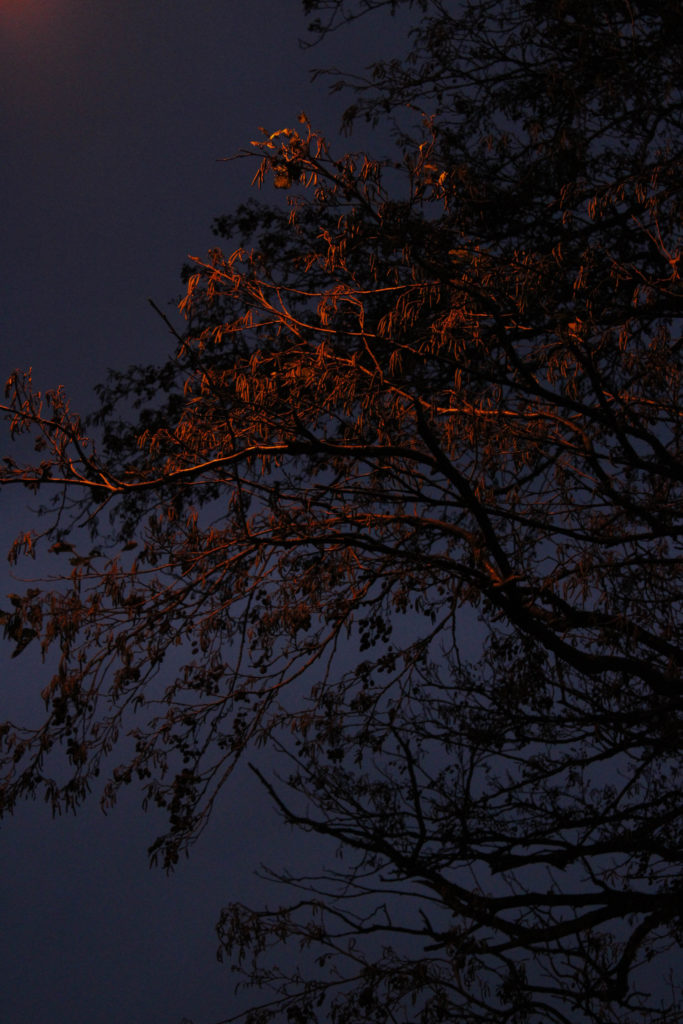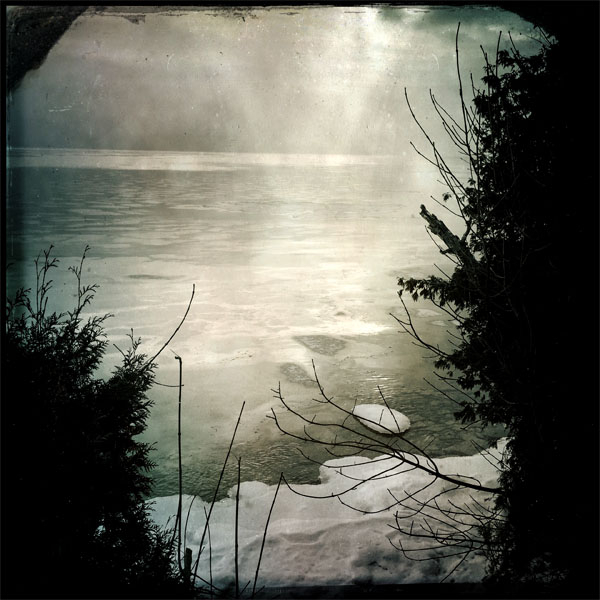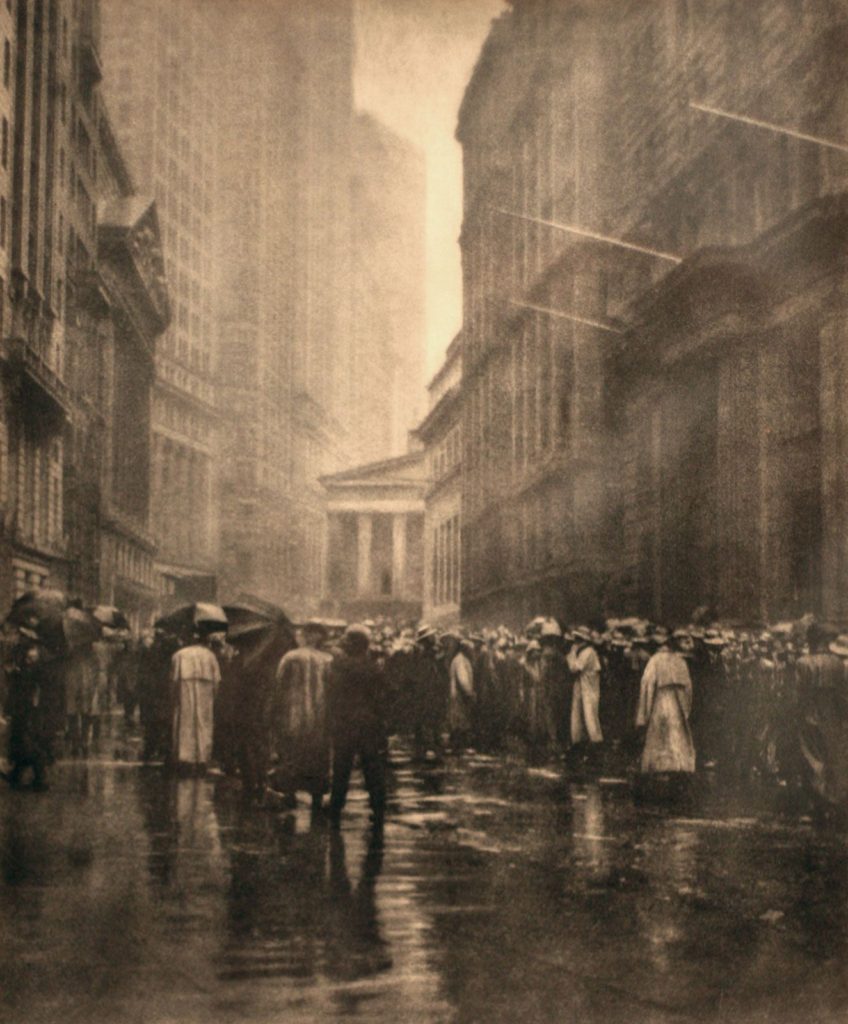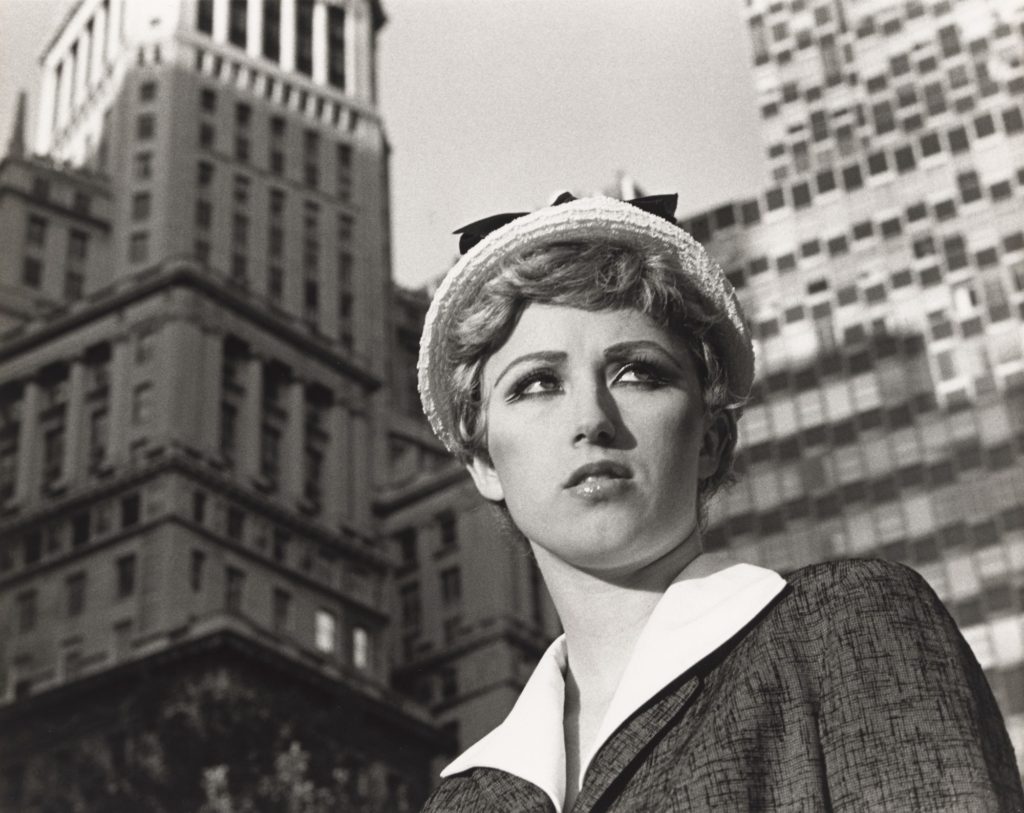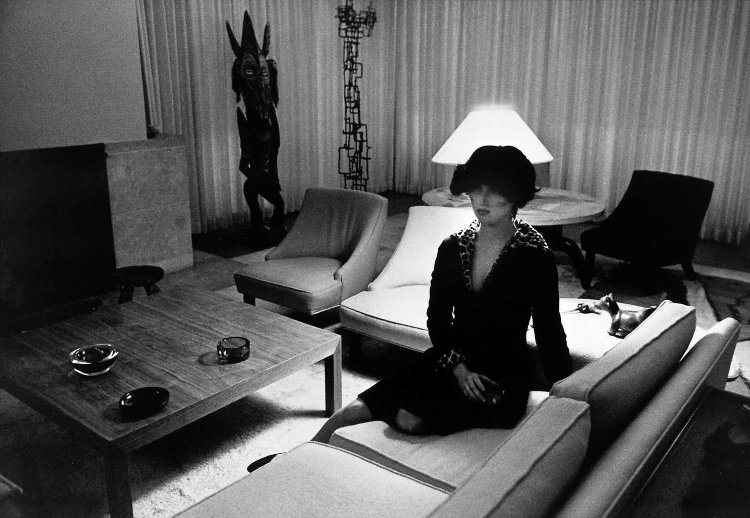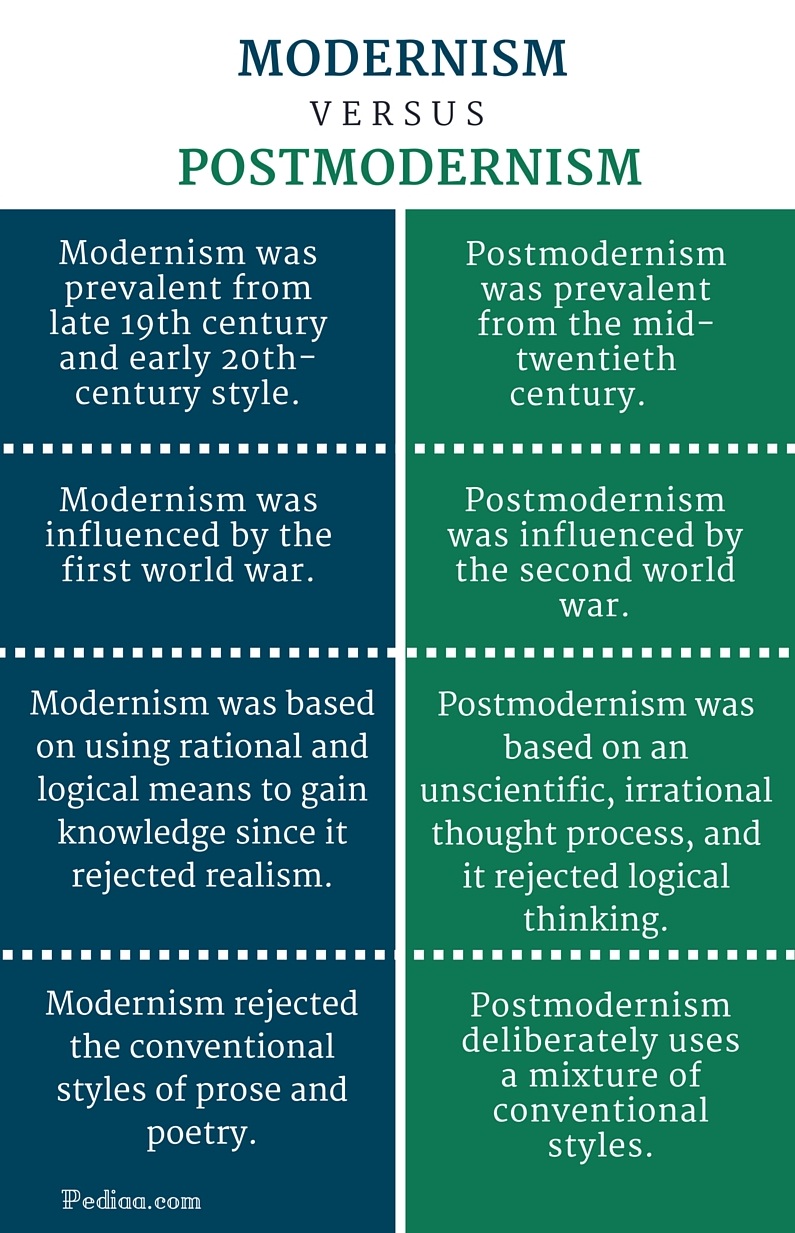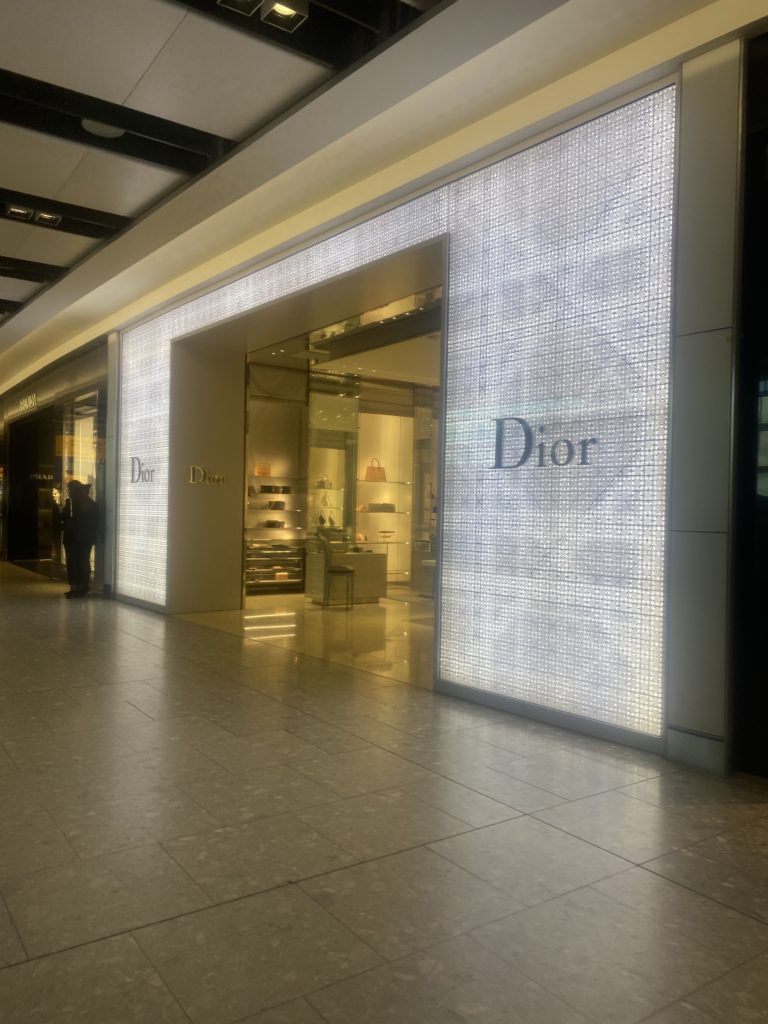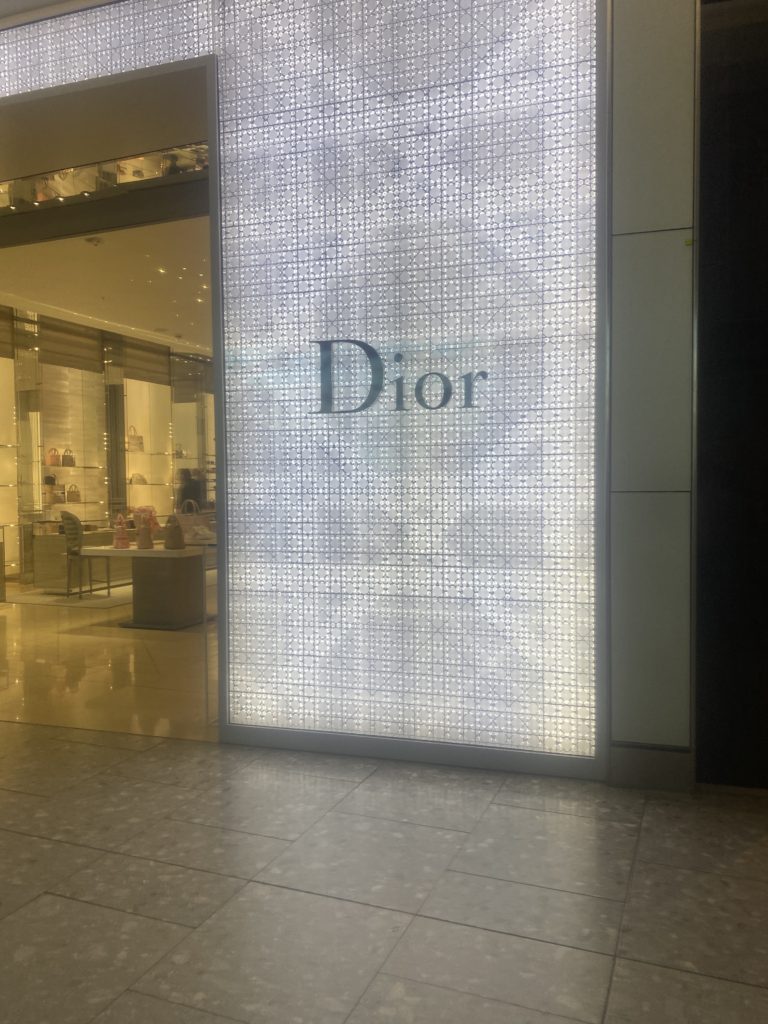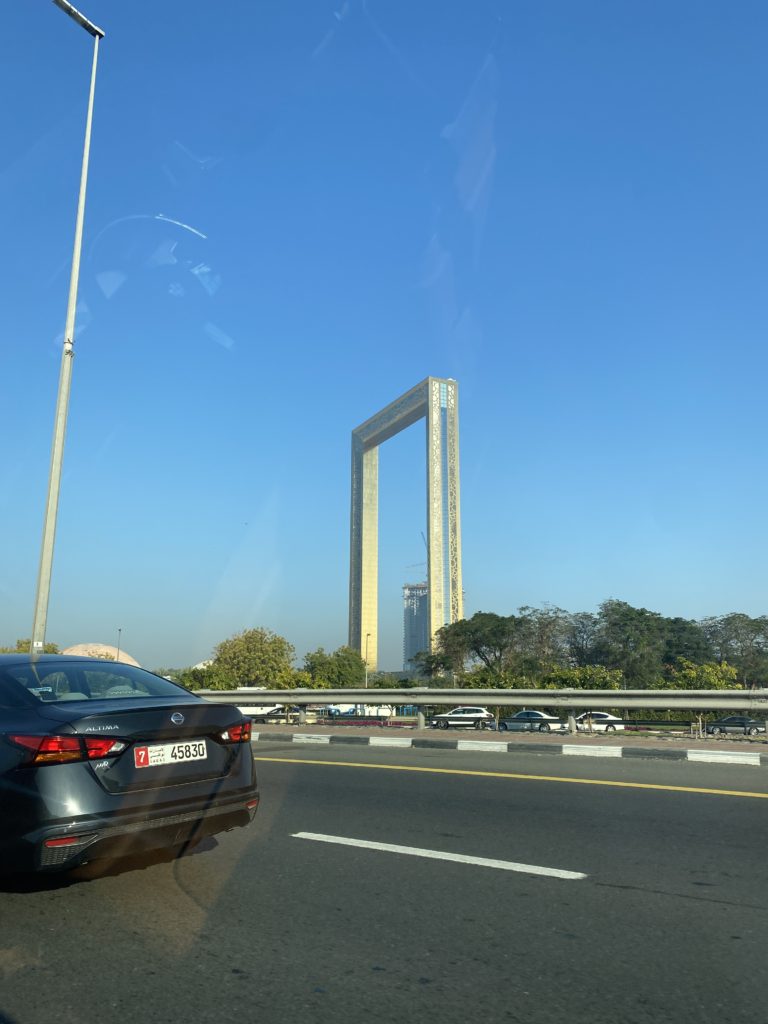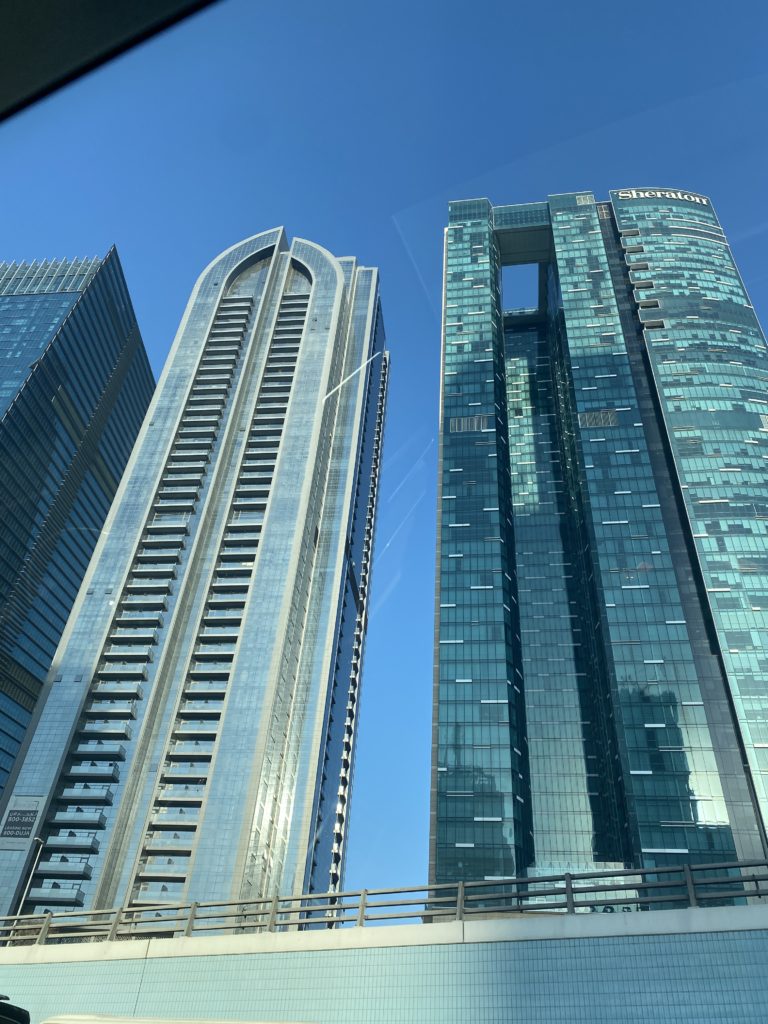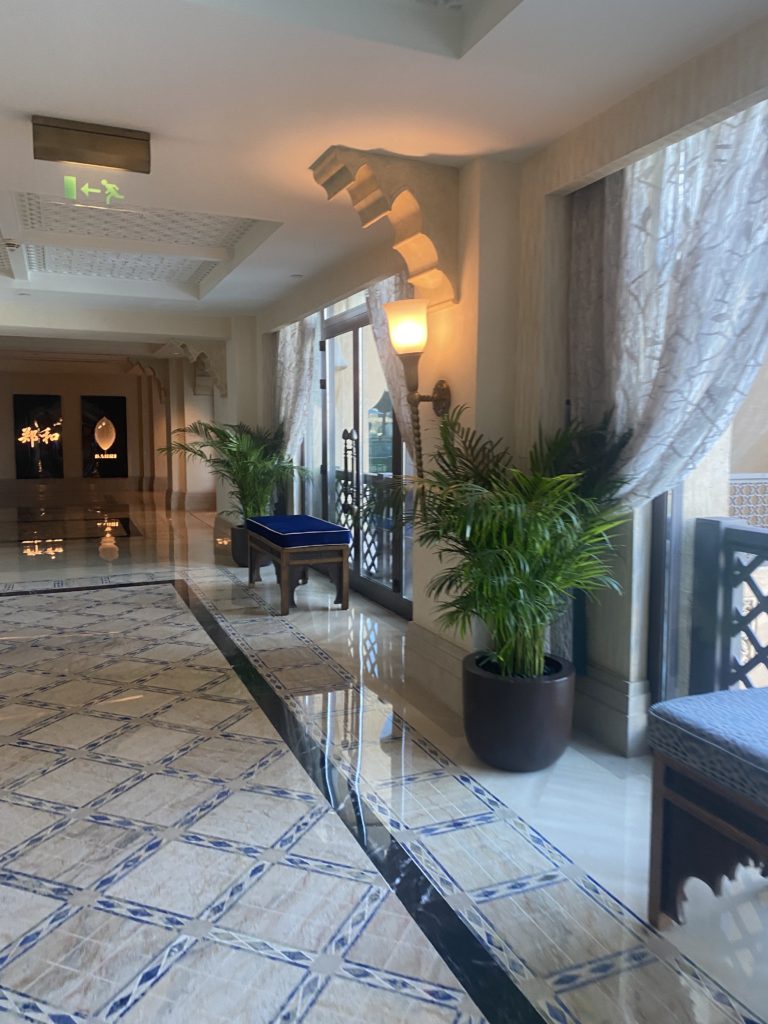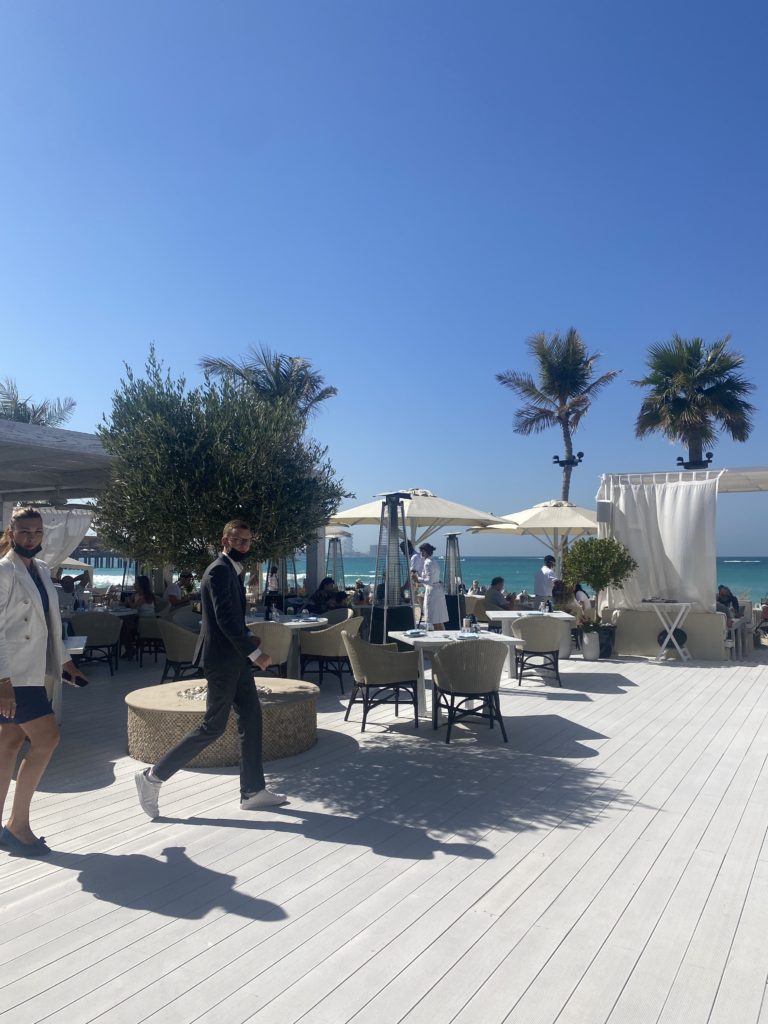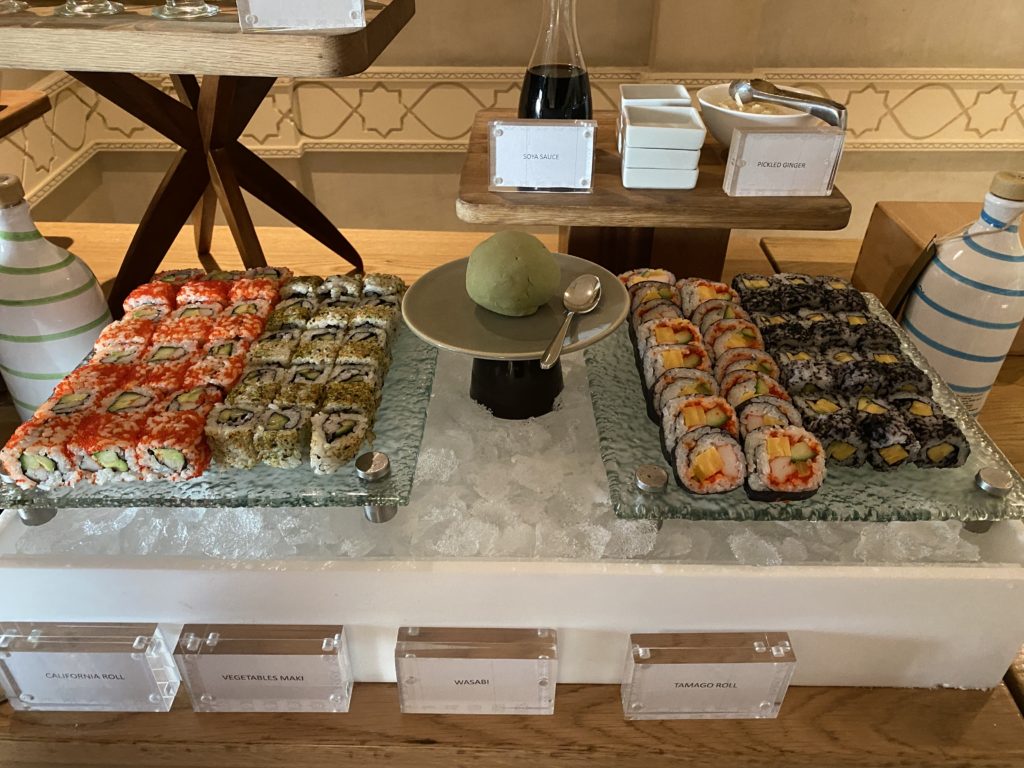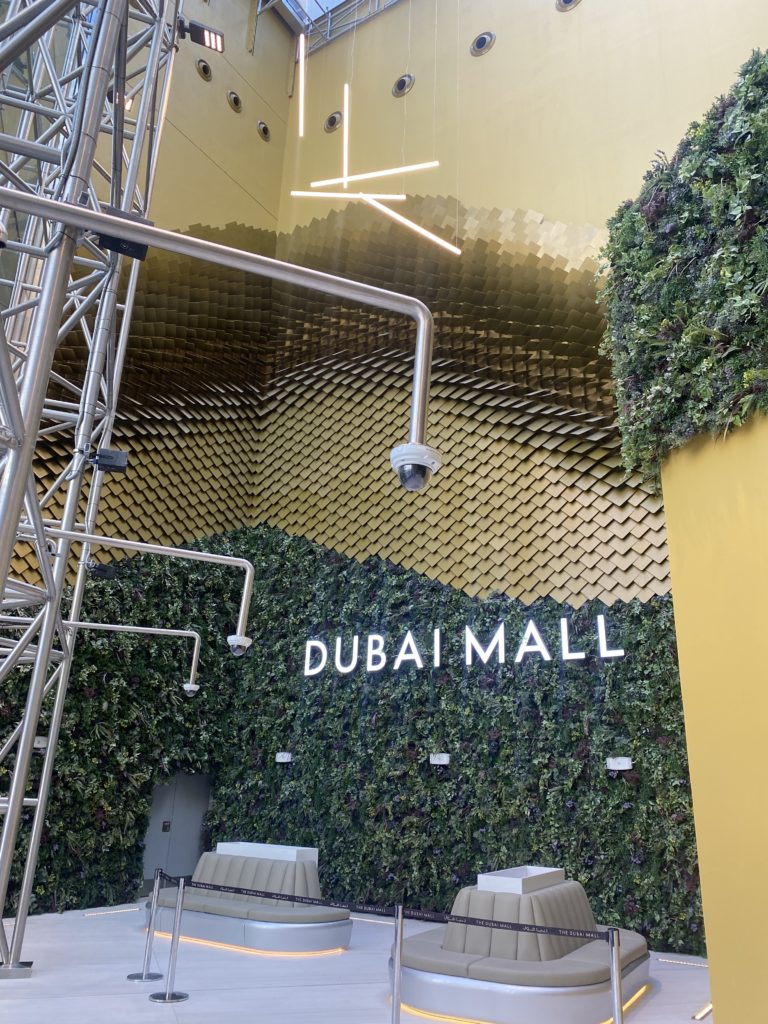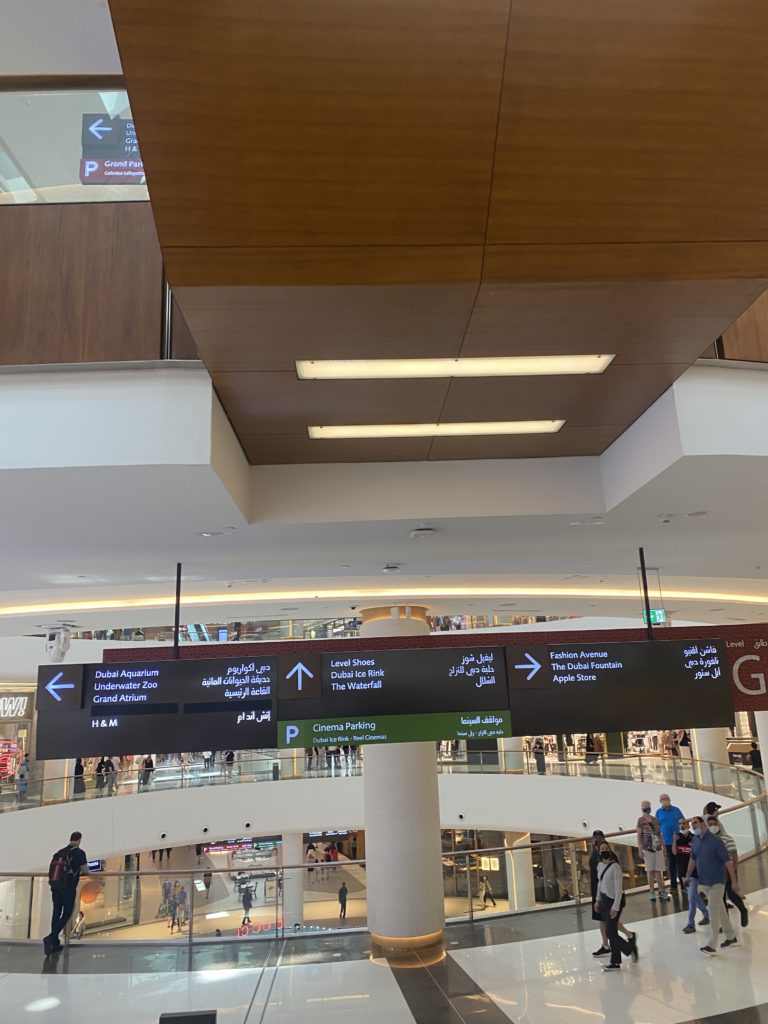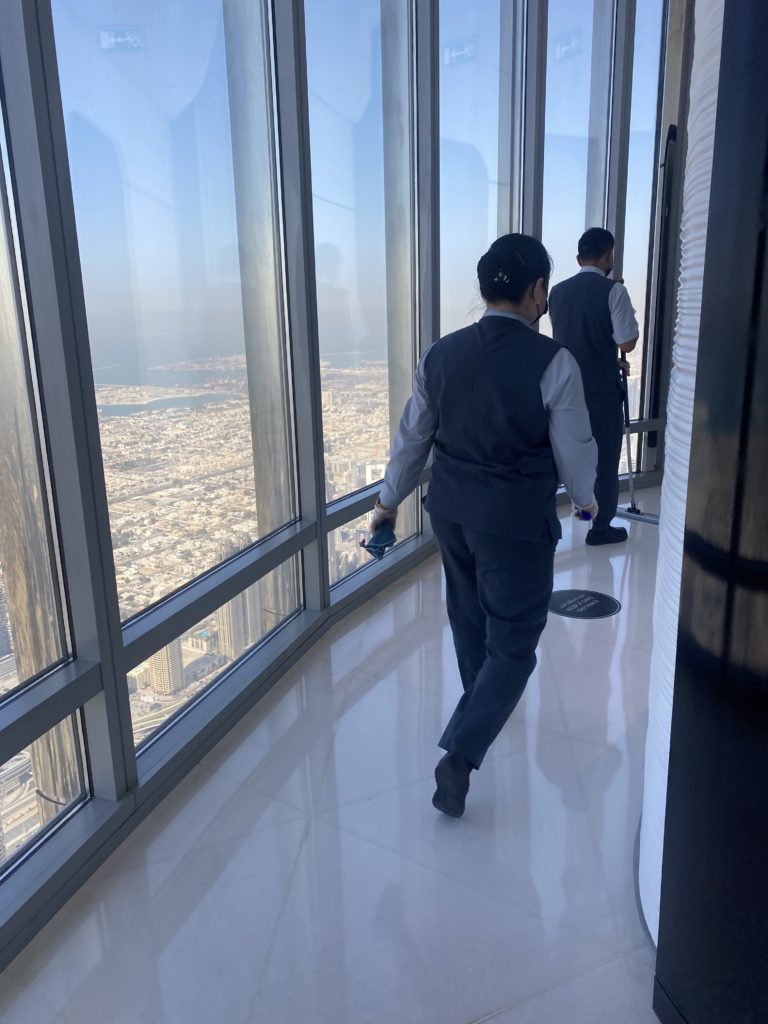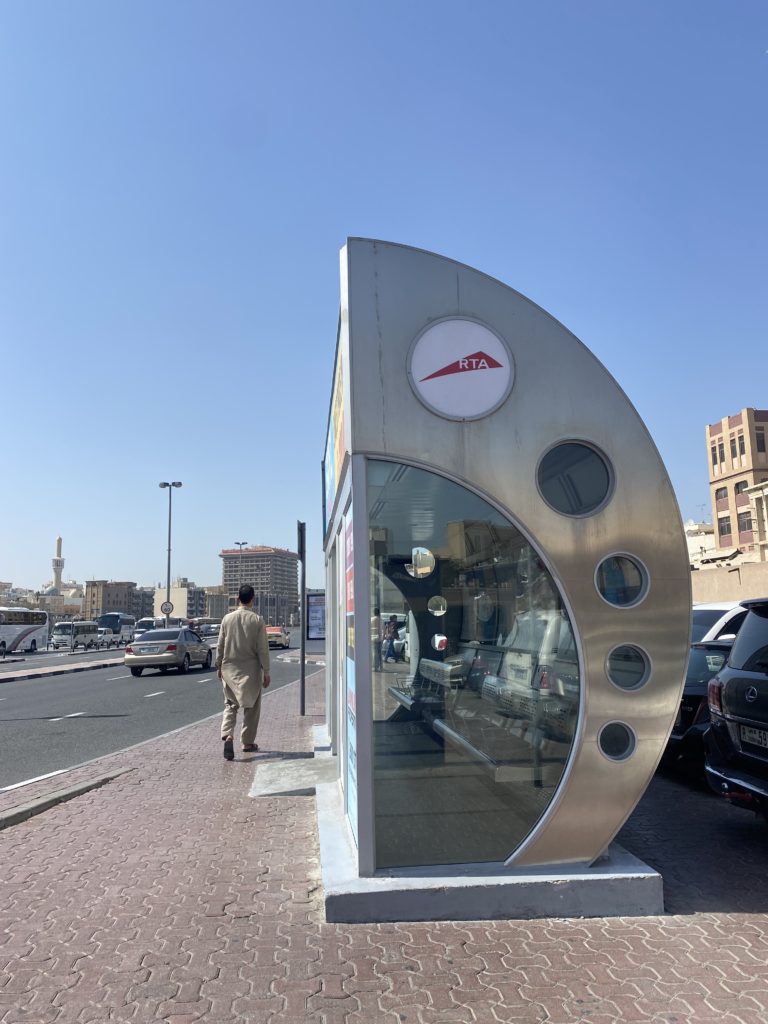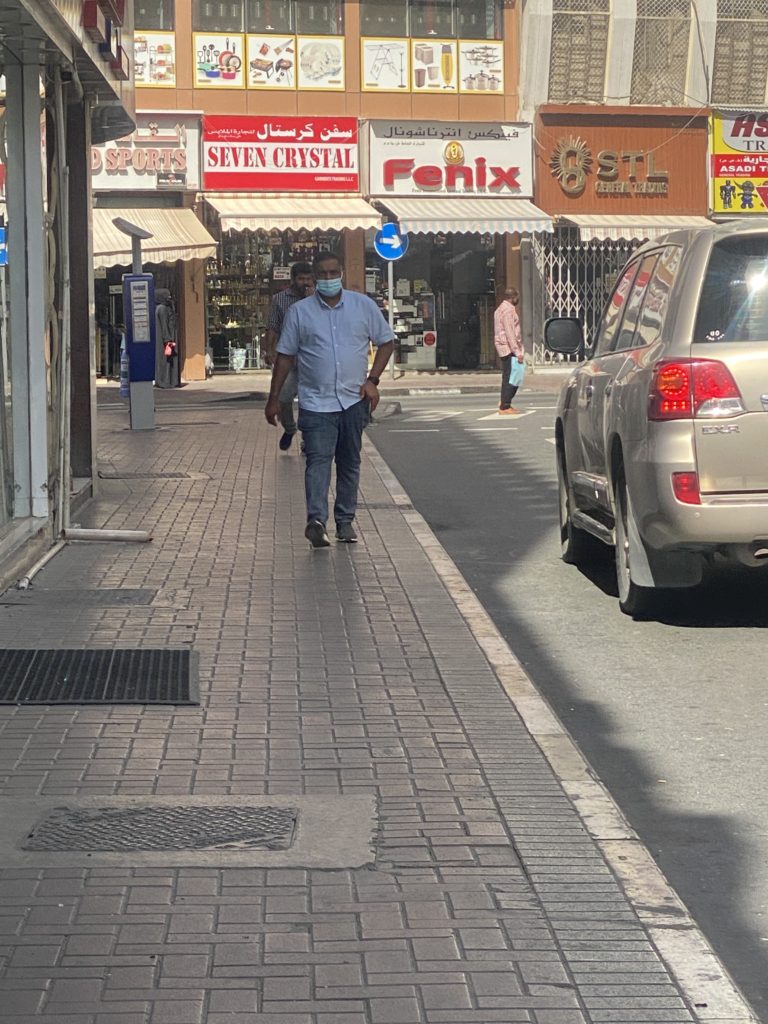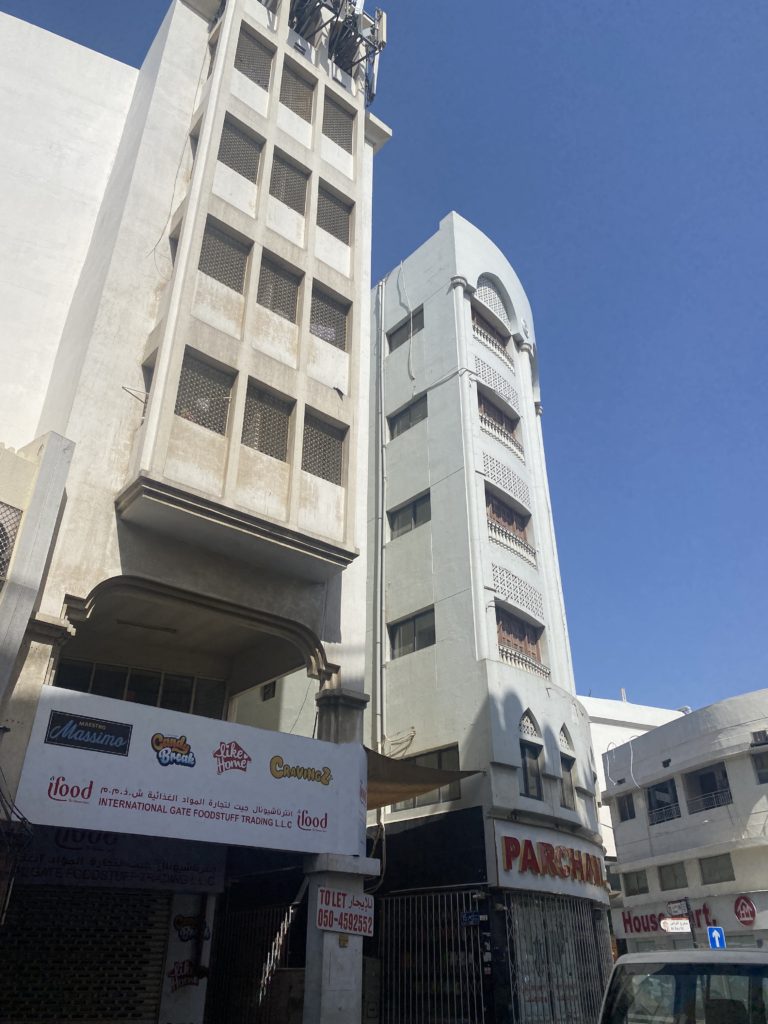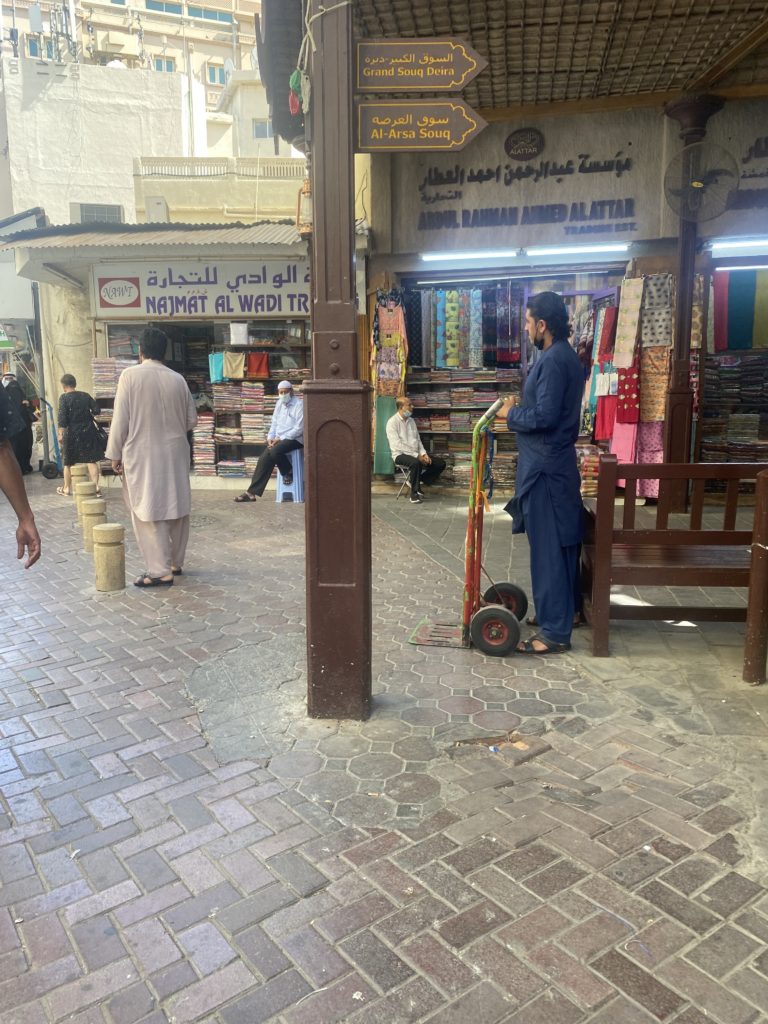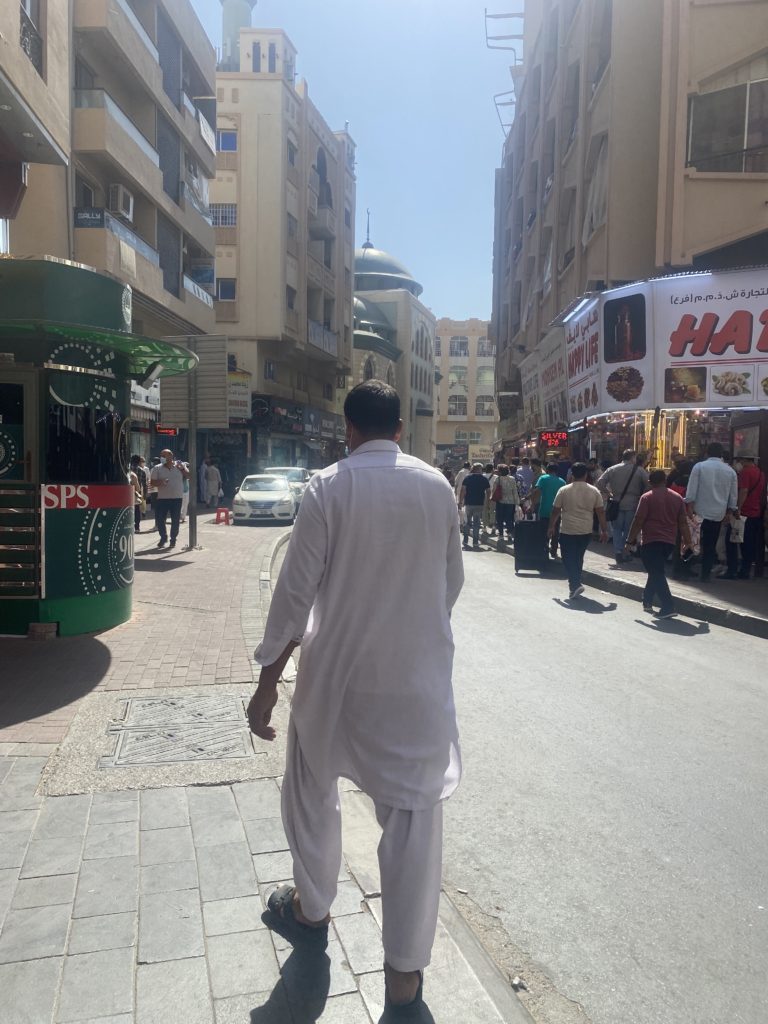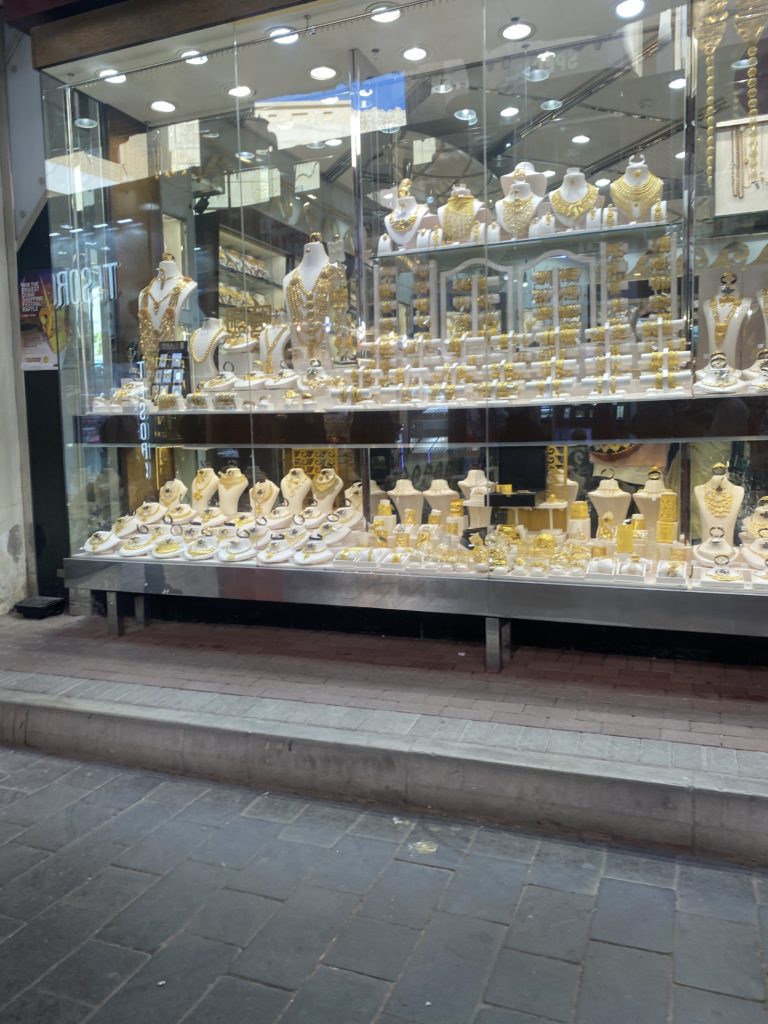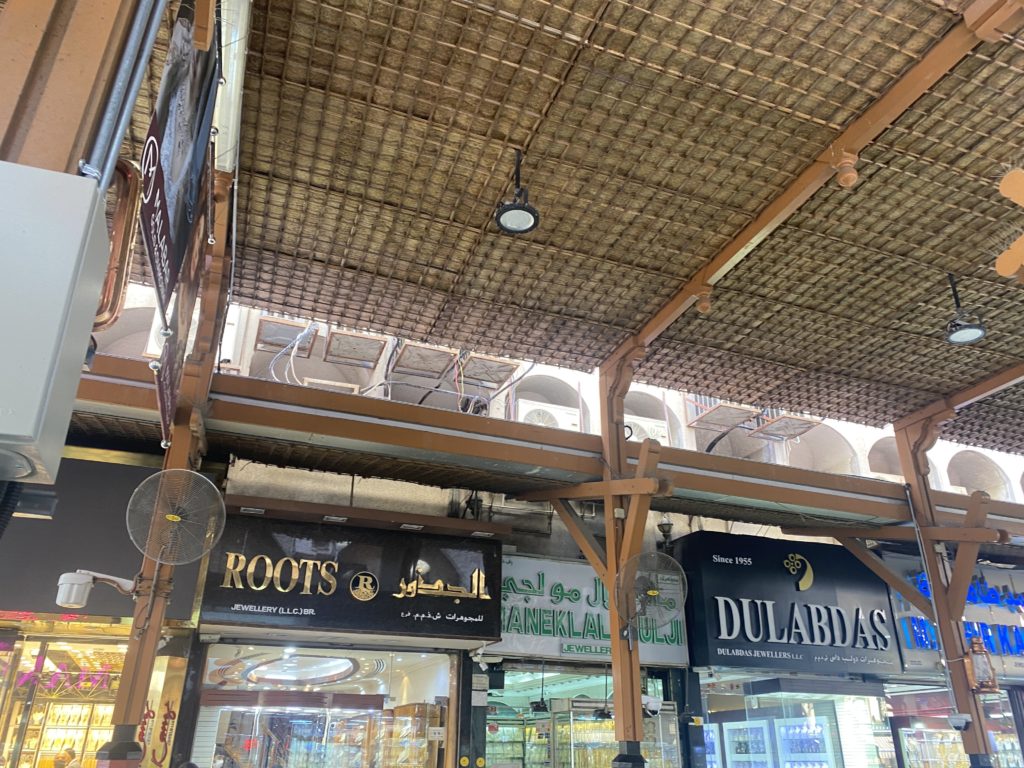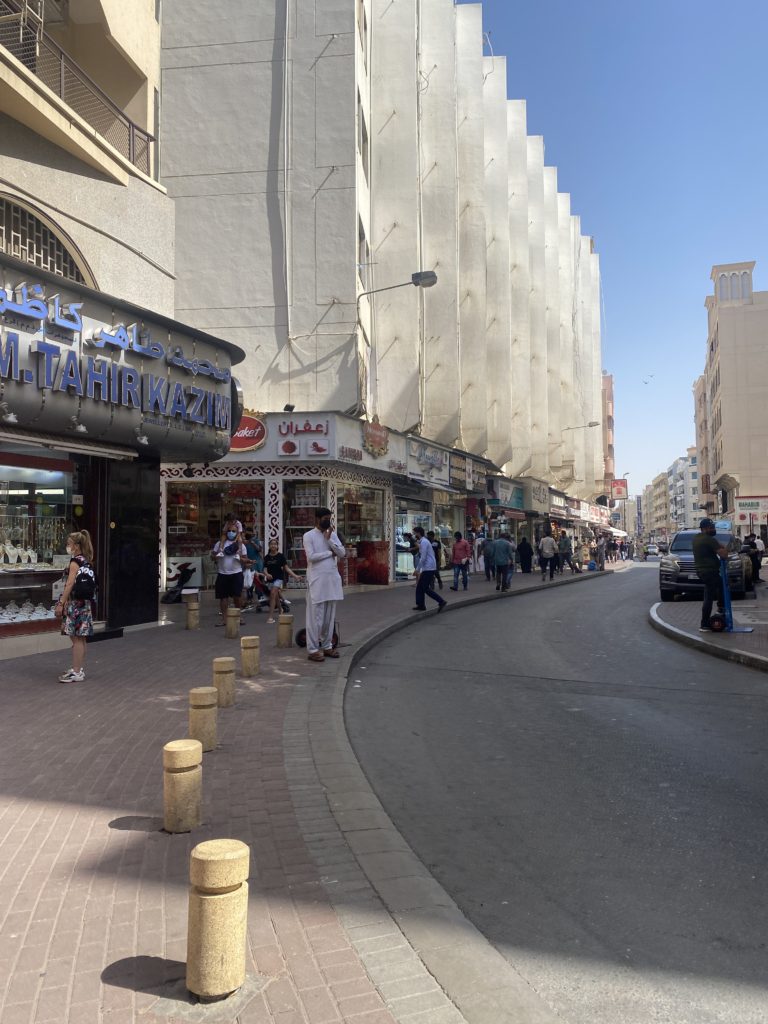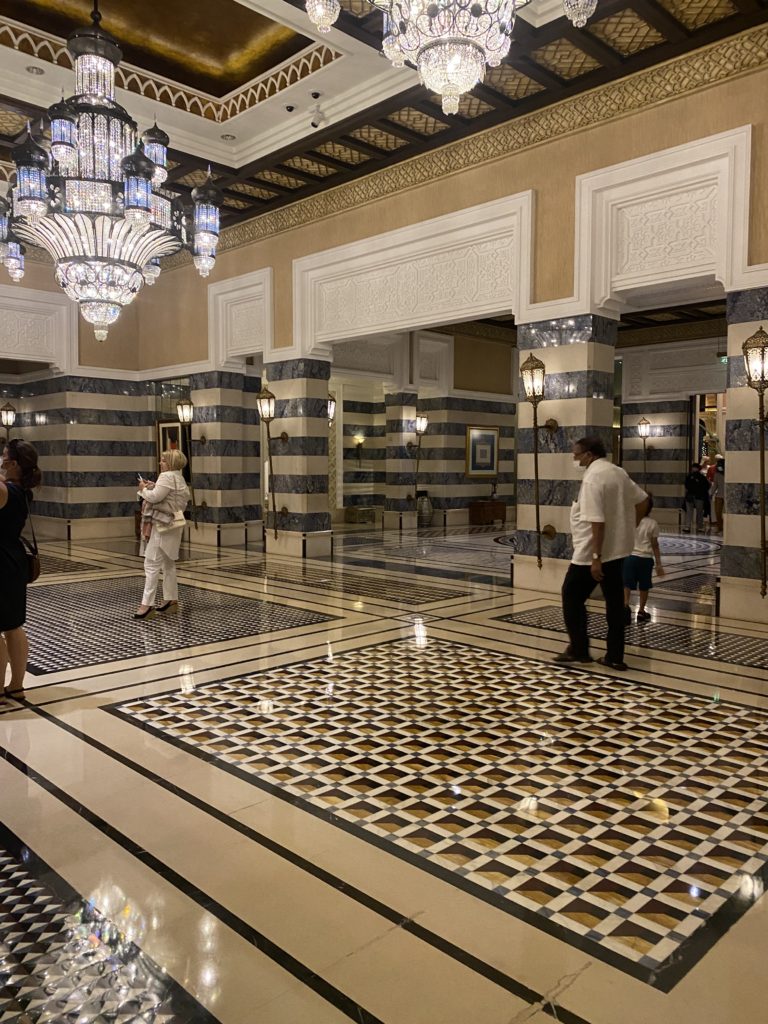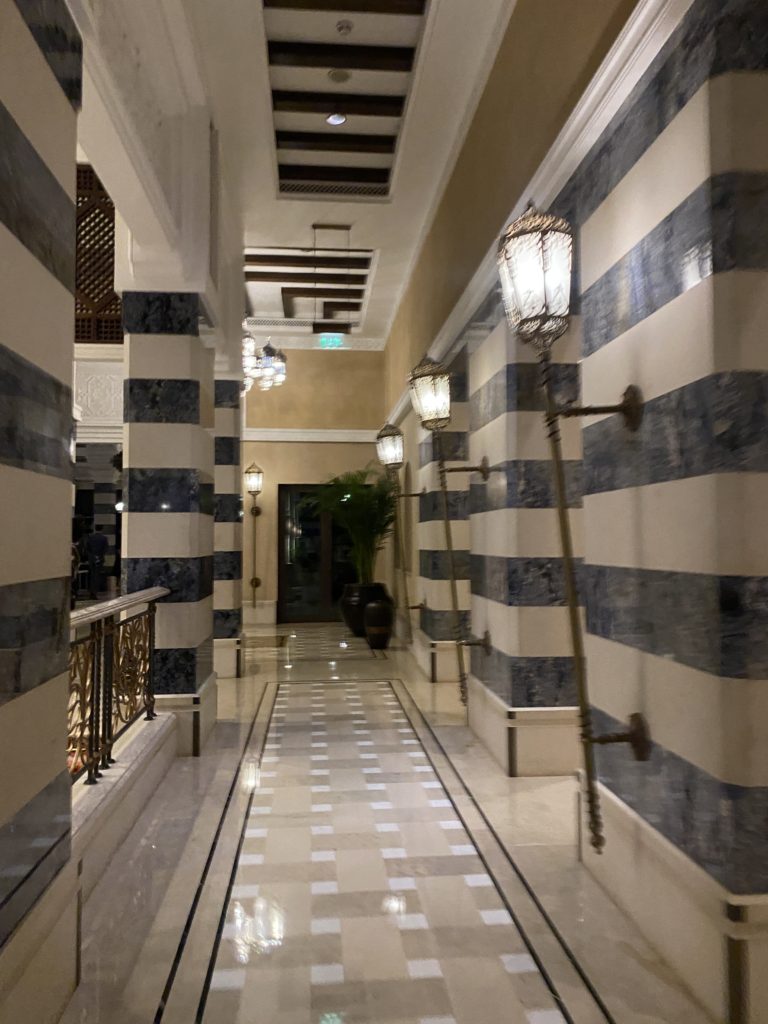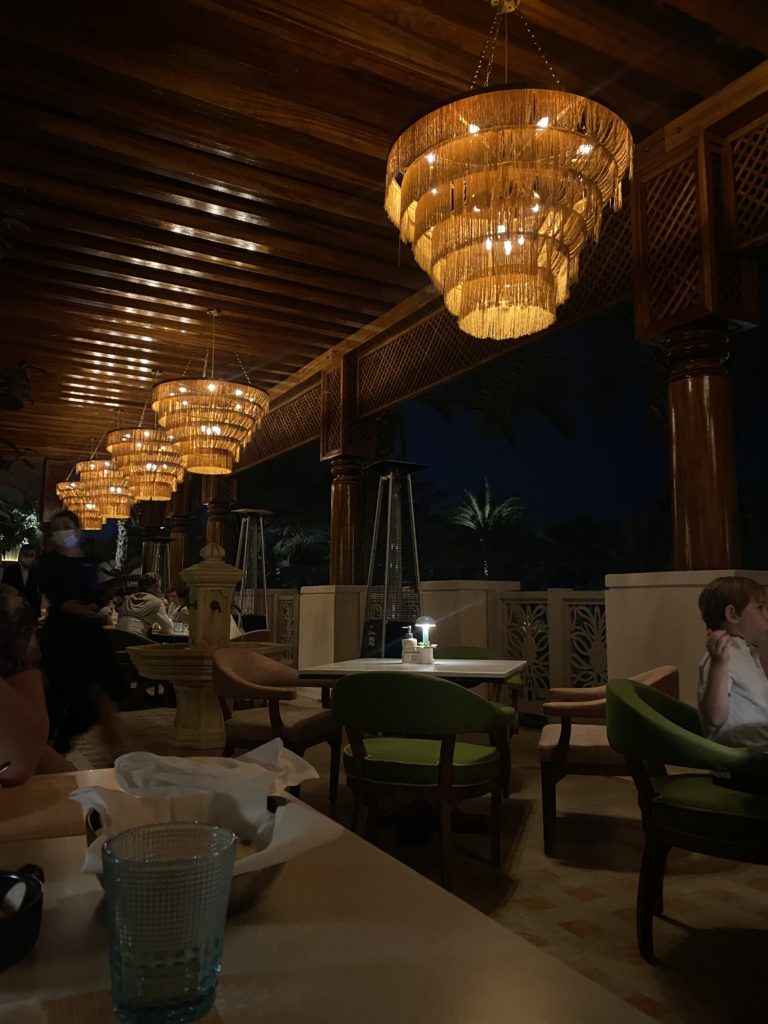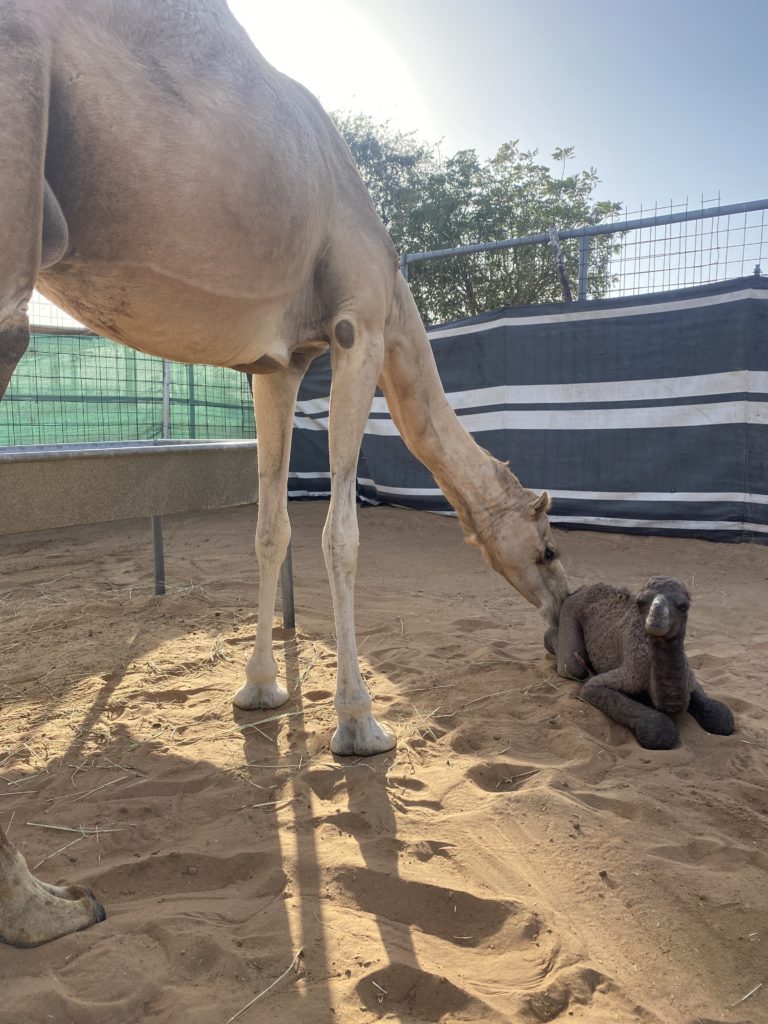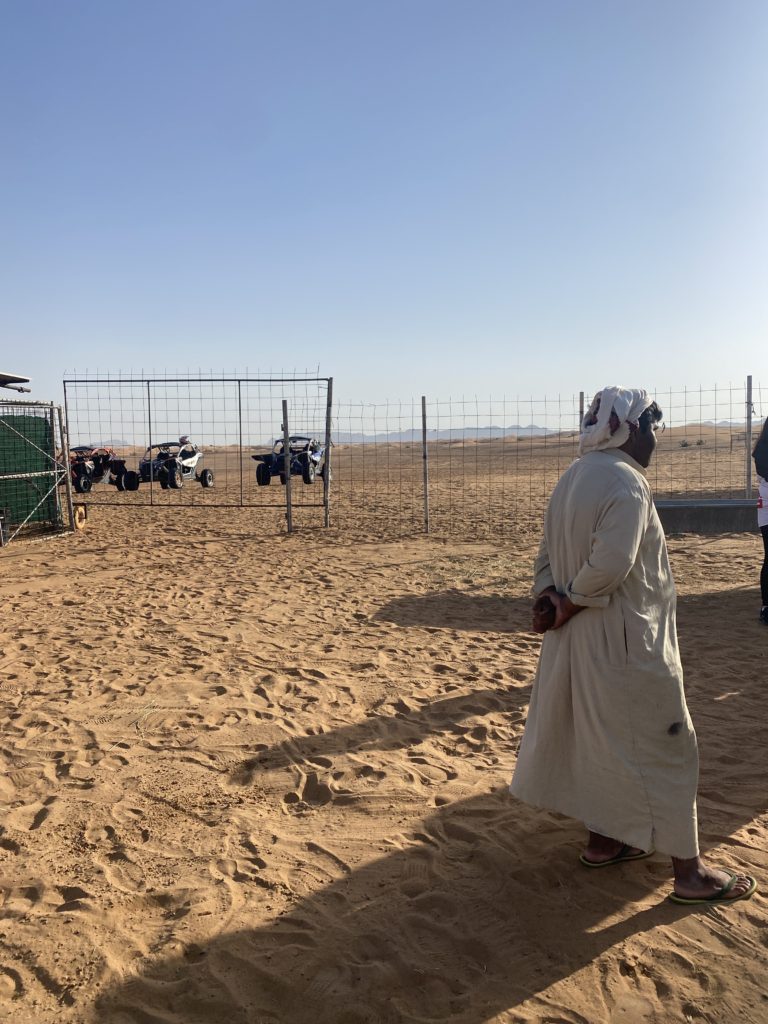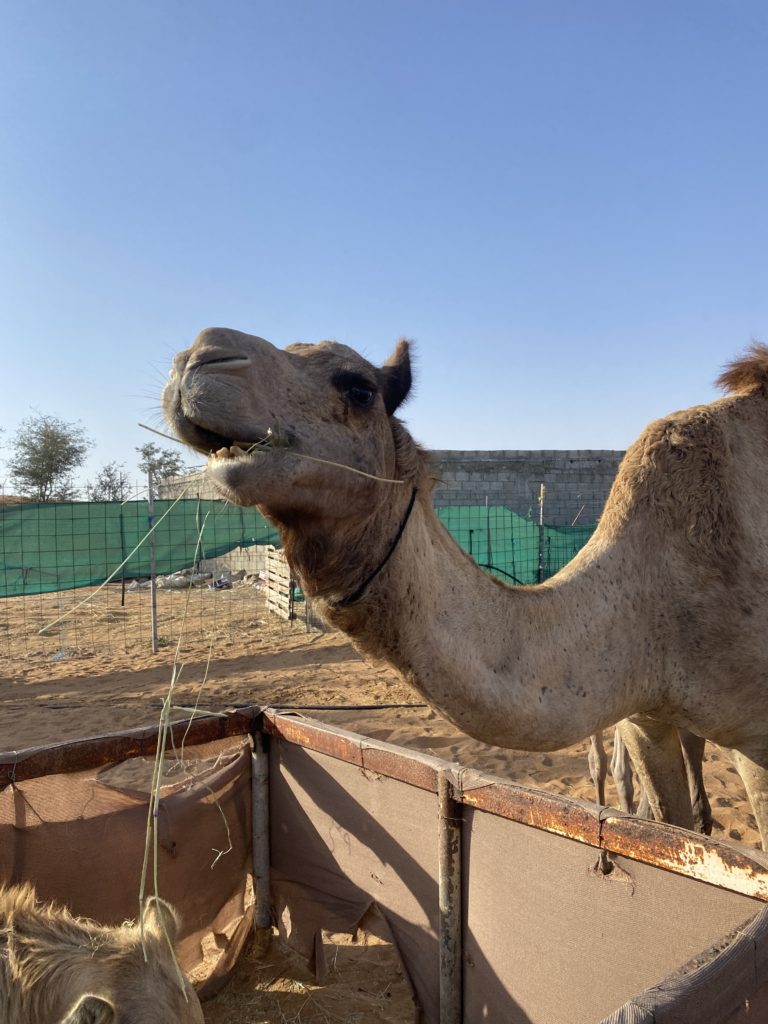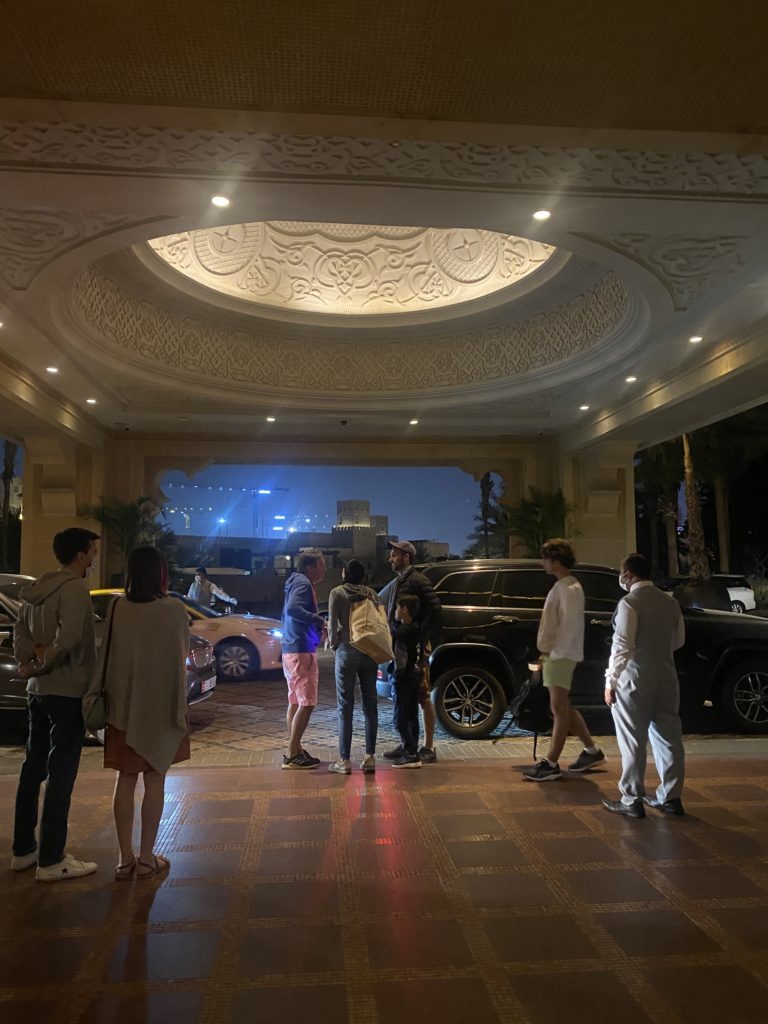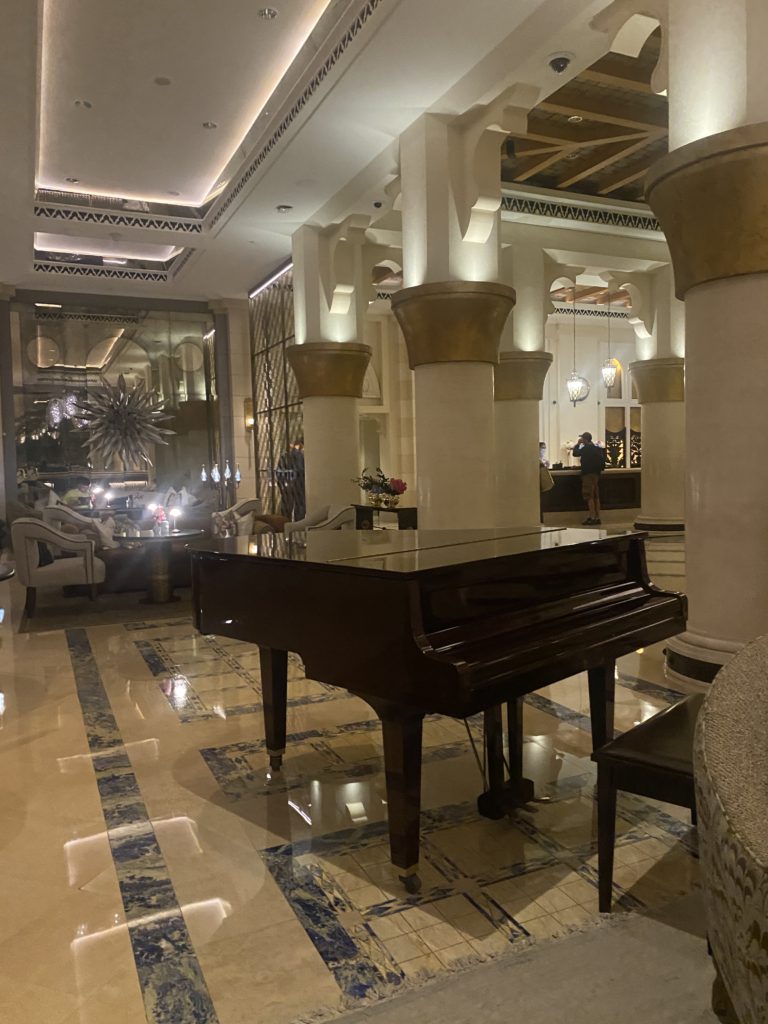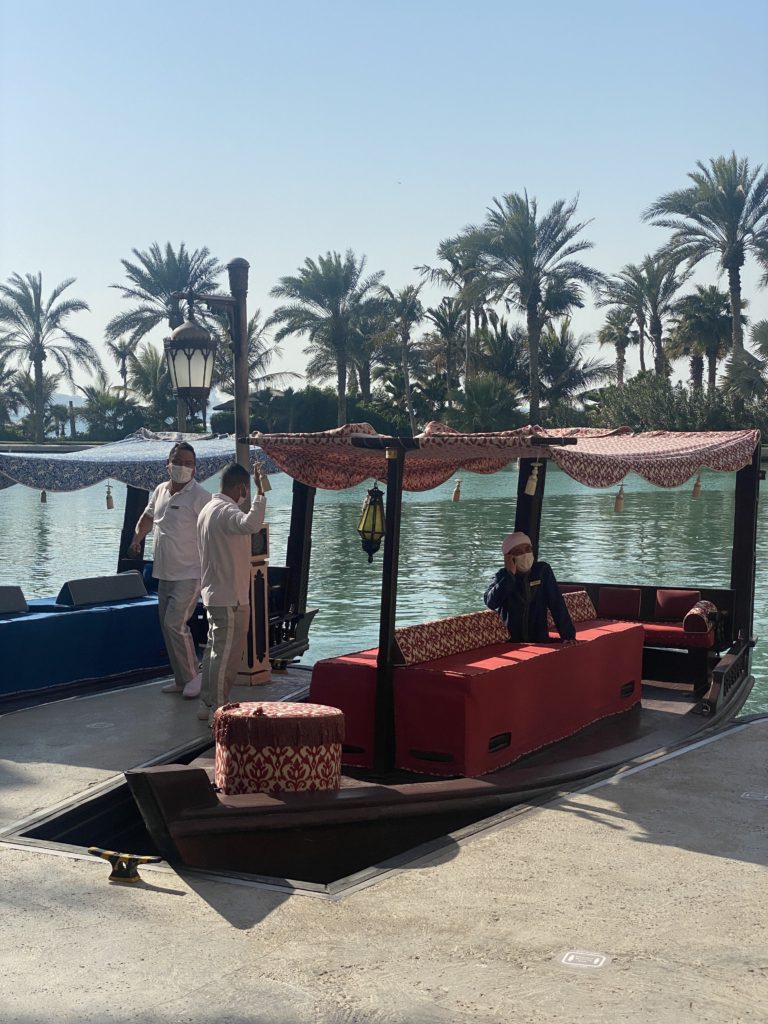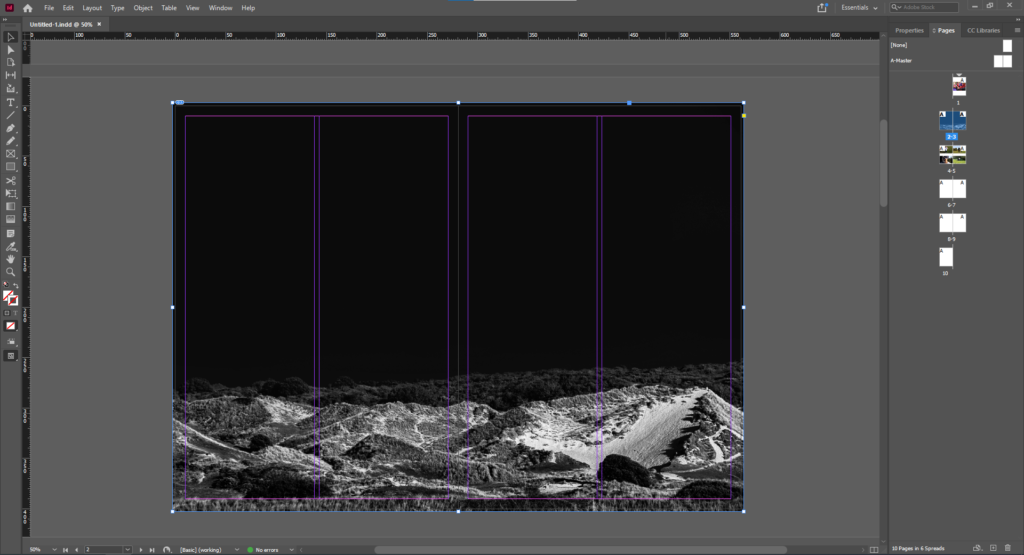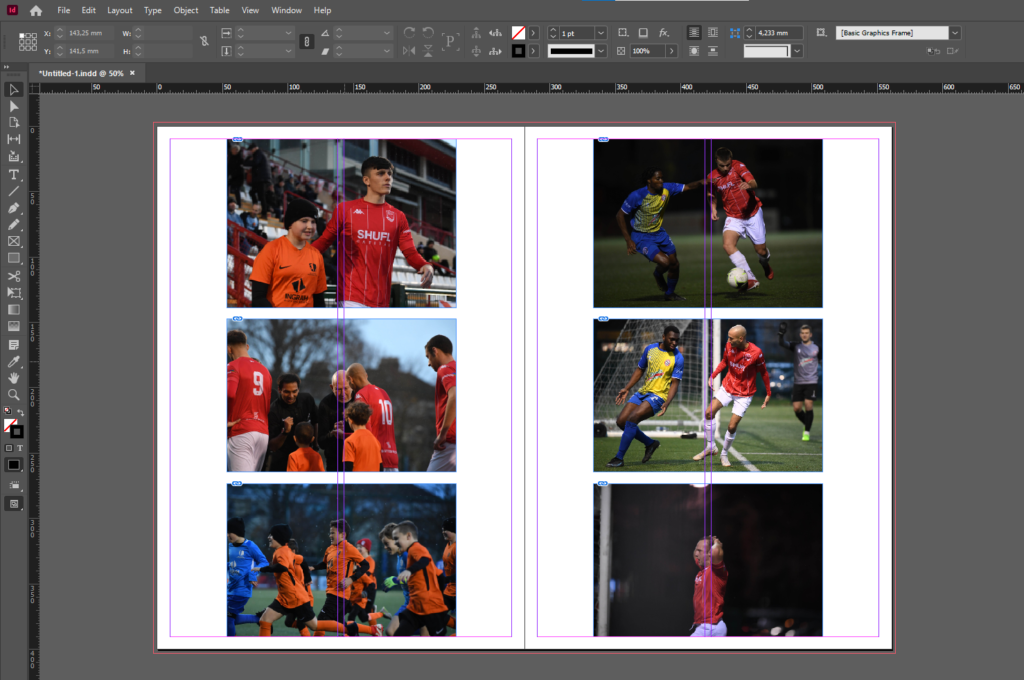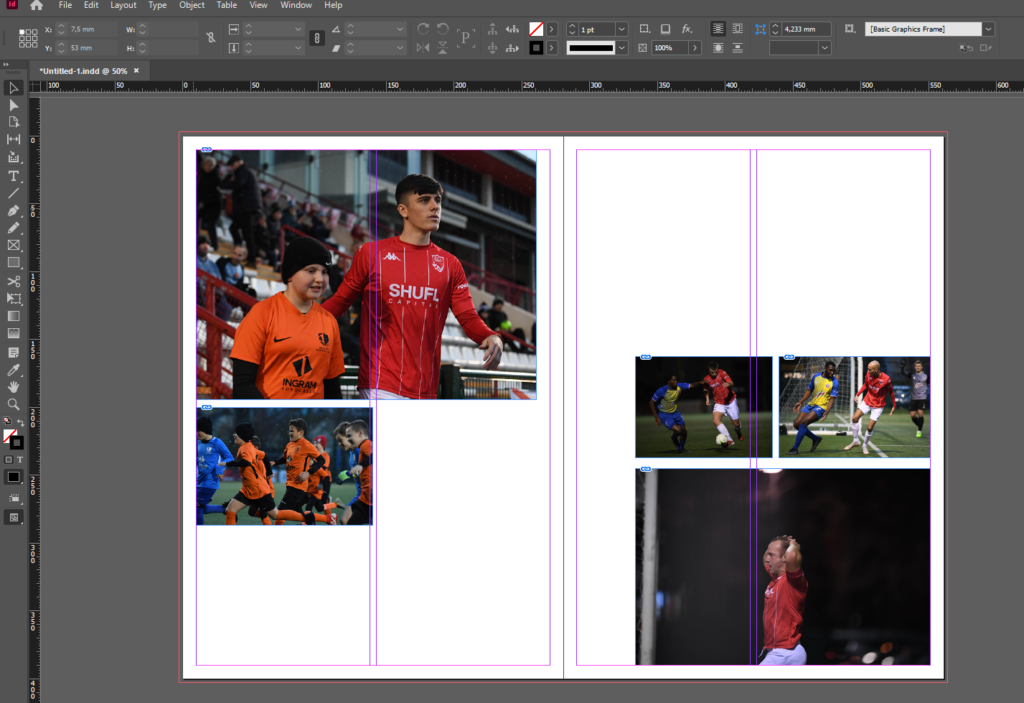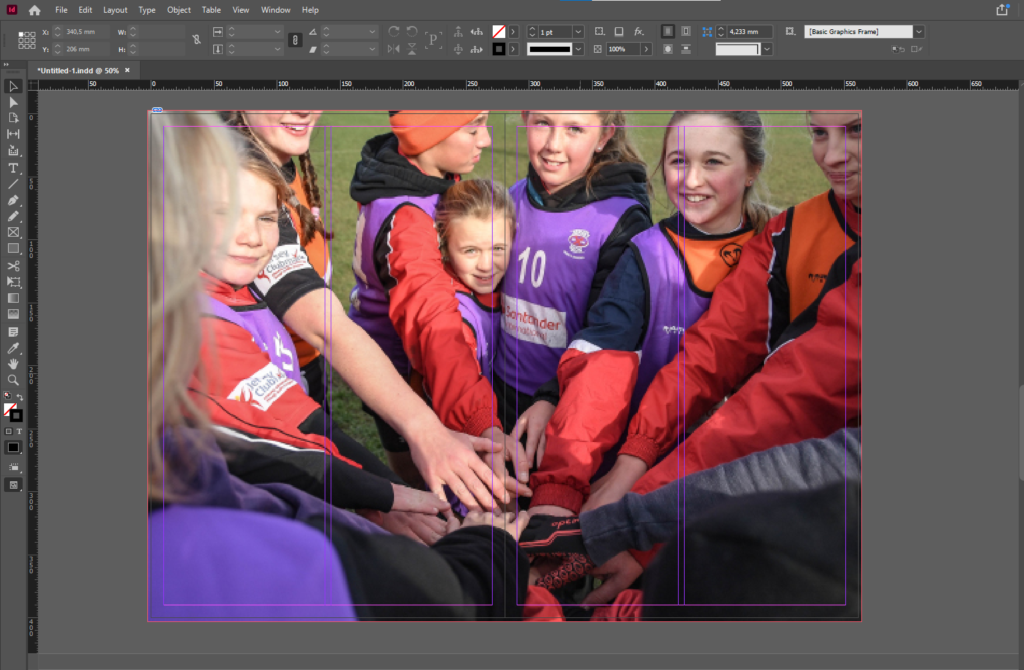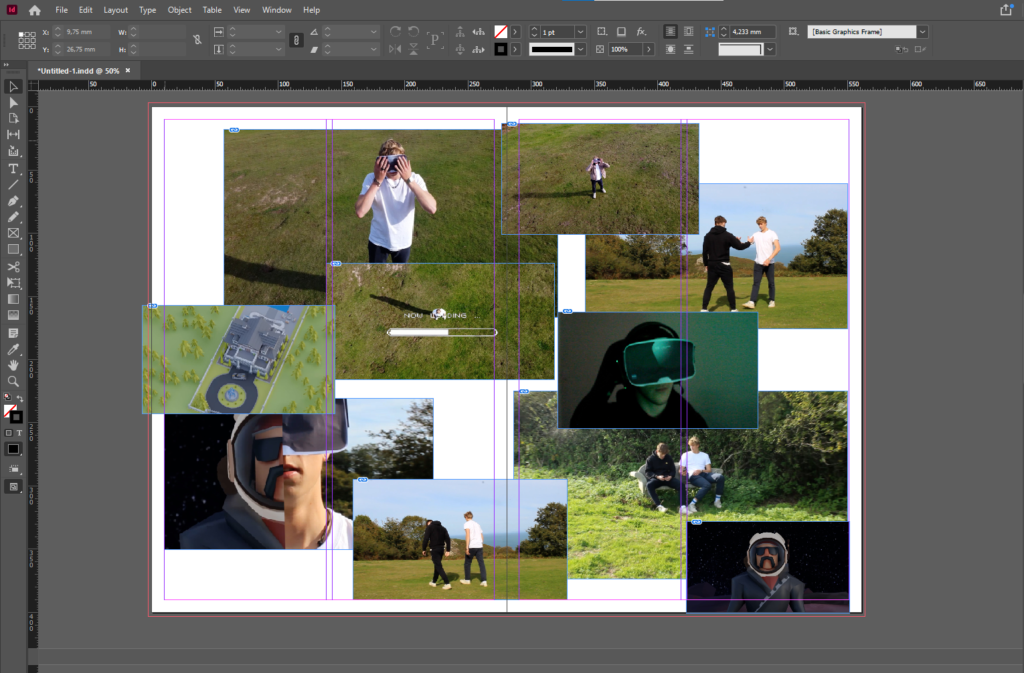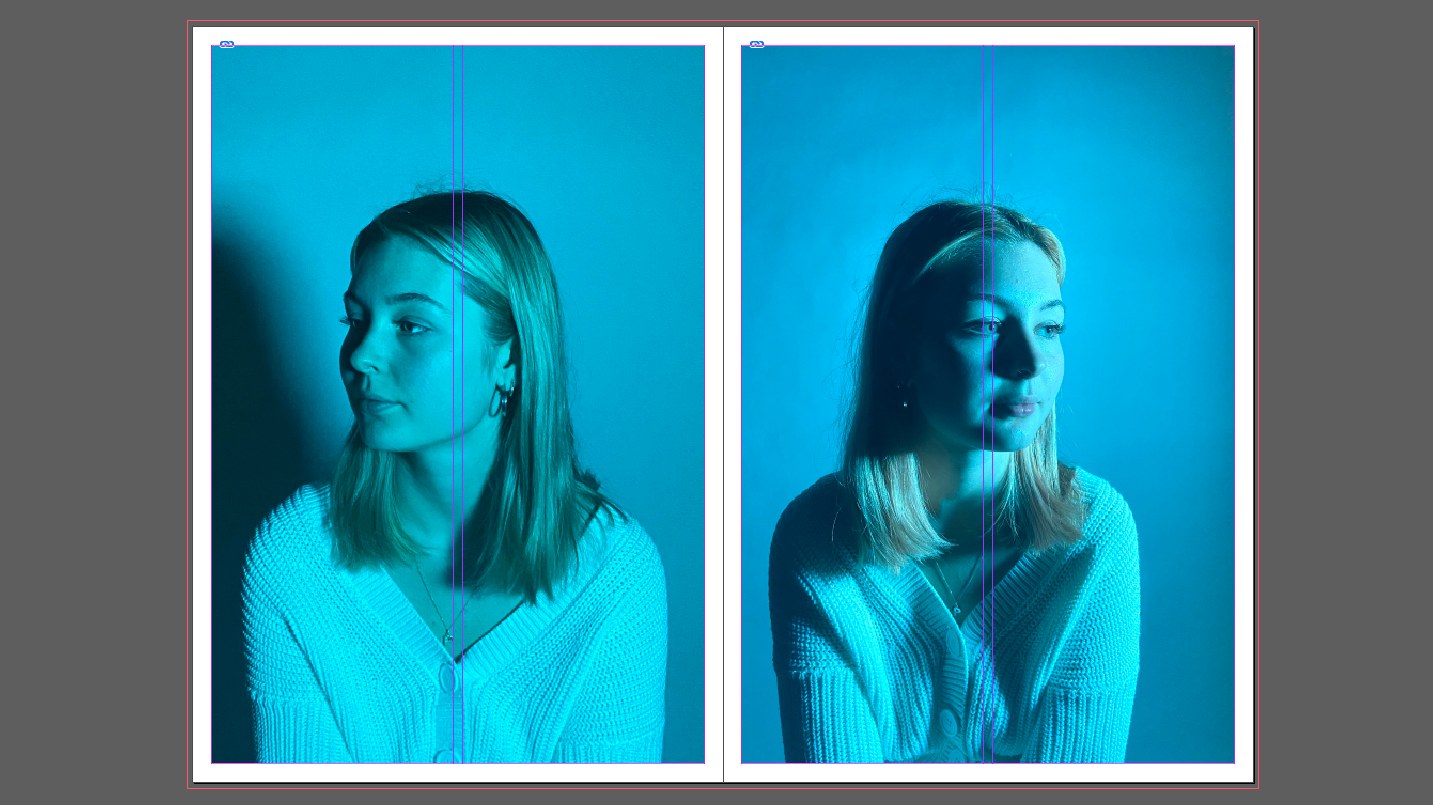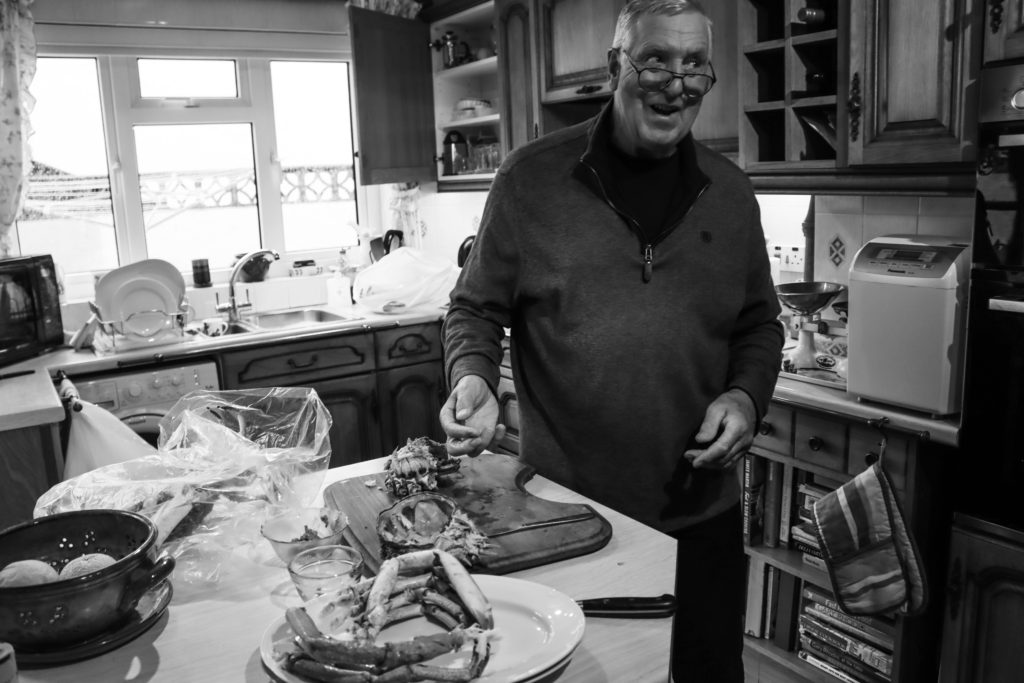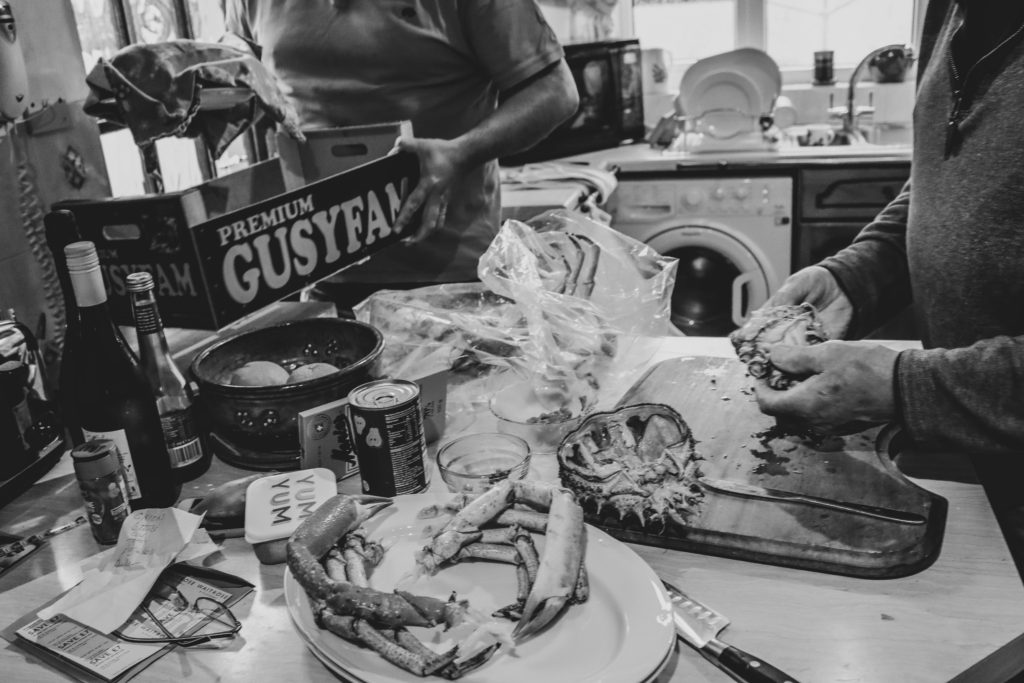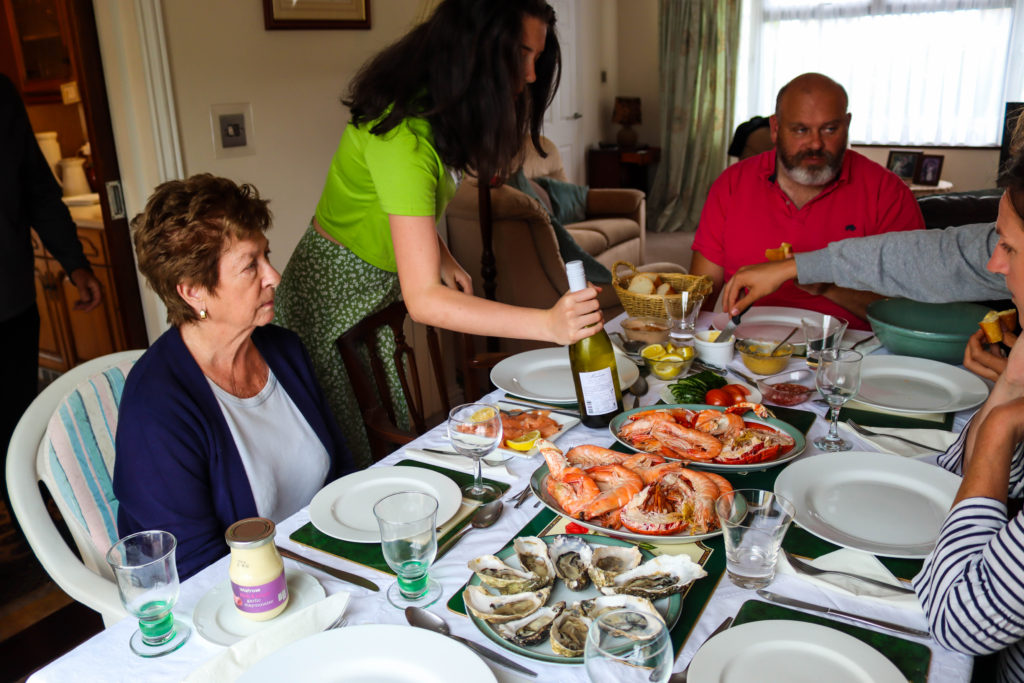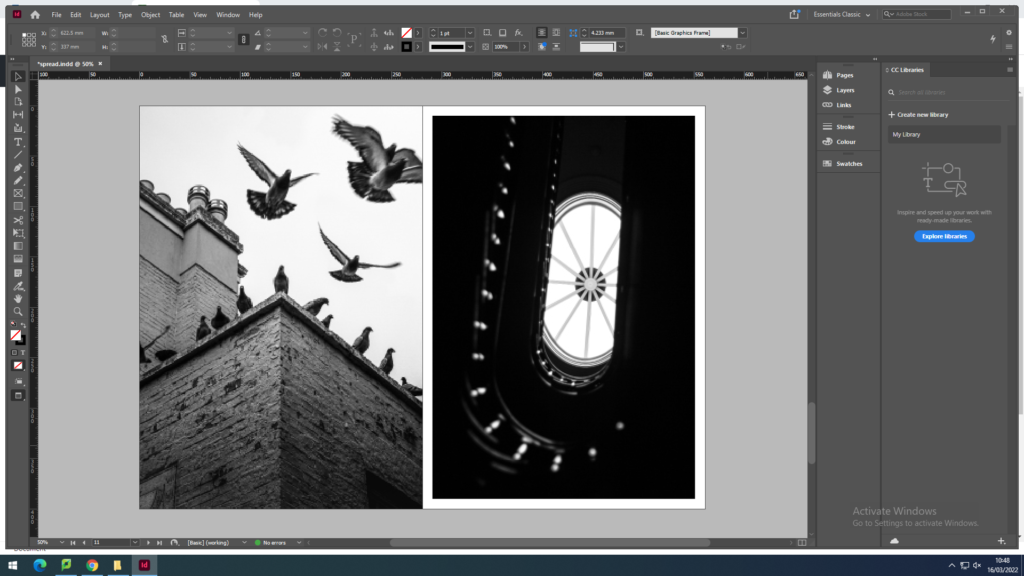Initial aims for shoot:
During my initial planning for this photoshoot I aimed to create images focused solely on nature and the environment, I wanted to capture specific areas around the island where nature has felt both comforting and unnerving to me- juxtaposing ideas of contentment and anxiety. I planned on keeping to locations where memories of childhood lay, such as St Catherine’s Woods and Le Creux Woods – I knew there were possible photographic spots full of twisted trees that I wanted to capture so I made sure to shoot on a bright sunny day to take full advantage of the shadows that would be created. I wanted to reflect the work of Robert Darch using natural sunlight to create a sense of optimism and hope in my images, I planned on beginning my shoot early in the morning to capture some more golden tones around the landscapes. Similar to Darch’s style, I will use an aperture setting of about F/16 to create a balance between depth of field and sharpness ensuring that each element of the image is in focus. Nevertheless, to contrast this and provide a break in the synchronicity, I plan on capturing several ‘nightmare-style’ images with cold blue hues and darker tones throughout. In these images I will experiment with using a wider aperture of F/2.8 to focus on a specific branch or leaf, then using a very narrow aperture to compare which style creates a more eerie atmosphere.
Editing:
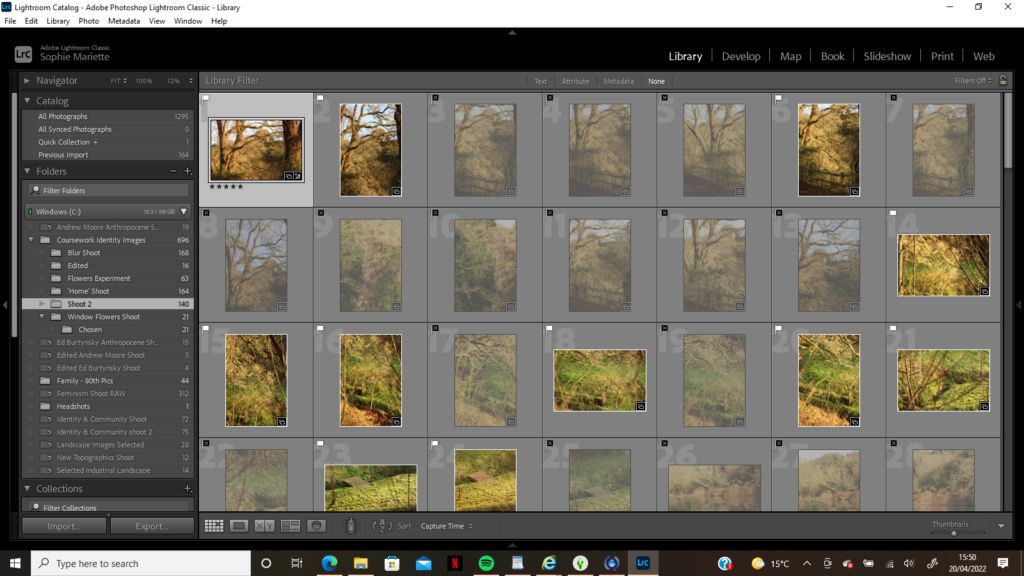
I began editing my images in Adobe Lightroom, flagging the images I liked best due to composition, lighting, atmosphere and repetition. I found that the images I captured at St Catherine’s Woods were more successful then those taken at Le Creux due to the location holding more expansive landscapes that related to Darch’s work greater. After flagging my images, I rated them from a score of 1 to 5 to create a final selection of the strongest ‘unedited’ images – then I went in and touched up exposure, vibrancy and contrast to enhance the comforting ‘dream-like’ atmosphere I wanted to create. The theme and intertextual idea of Alice in Wonderland came to me during this shoot, I thought of combining a series of the whimsical Josef Sudek photos with vibrant Darch inspired landscapes to create this fantasy ‘Wonderland’ influenced world where one could escape to in times of panic. It was always an idea I wanted to portray however I didn’t yet know how ‘make’ this world, throughout this photoshoot I tried to capture areas that seemed a little too perfect to stay compatible with ideas of Wonderland and dreams.
When undertaking the 1-5 rating of my images I focused on selecting those that best gave the impression of escaping into another world, may it be over a bridge or through a gap in the trees – I wanted each image to have a sort-of ‘clearing for an escape’. Composition wise, I looked for geometric shapes within my images, many had hints of circles that opened out into an expanse of sky, or distant trees. I was really drawn to these photographs as I believe they tell a greater story for the observer, like there if still more to be seen beyond the image – yet it also allows them to come up with the end of this story themselves. I also aimed to include images with lots of repetition, to keep with this ‘too perfect’ idea, like this magical world is not all it seems to be. Images with repetitive trees contorted around each other that seem to just keep going and going into the background of the image always fascinated me and made me think of fantasy worlds – I wanted to include the themes of escapism, but through natures captivating features. Hues and colour pallets in each image we mostly warm and vibrant, I did minimal editing to keep a cohesive pallet throughout of oranges, greens and yellows. However, when shooting the more ‘nightmare-style’ photos I wanted to use colder, more blue hues. I edited my images, which were taken late evening, by turning down the temperature and adjusting the amount of shadows and highlights to create a more mysterious brooding atmosphere. I aim for this contrast to confuse the observer, making them think of why such warm and welcoming images have been disrupted by these dark reminders of reality and fear creeping in.
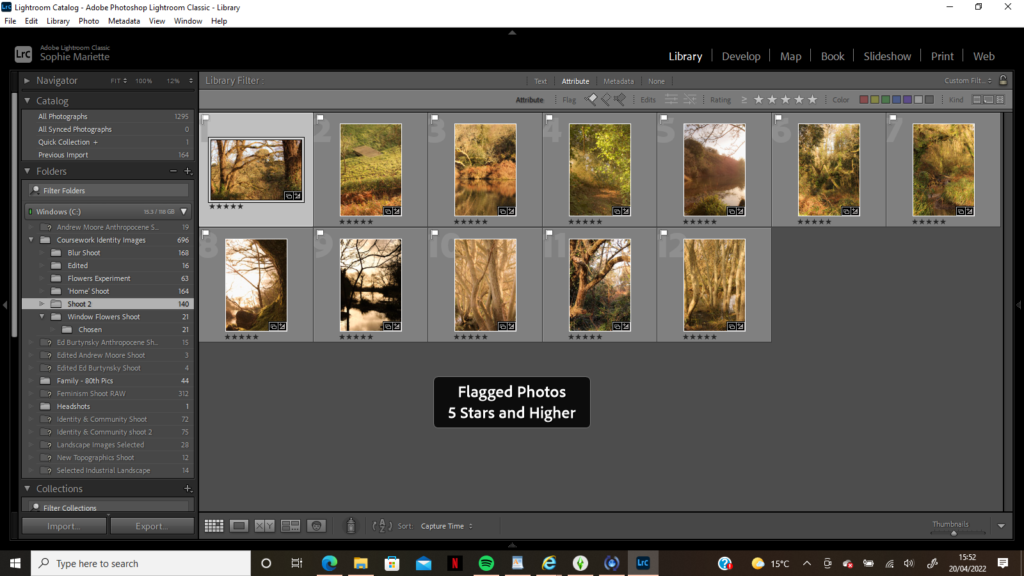
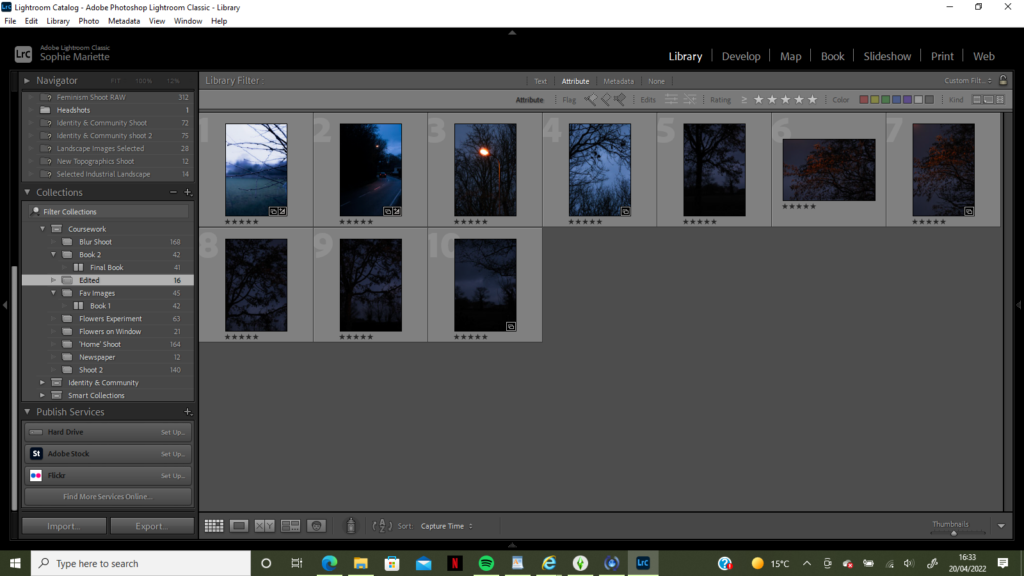
Experimentation:
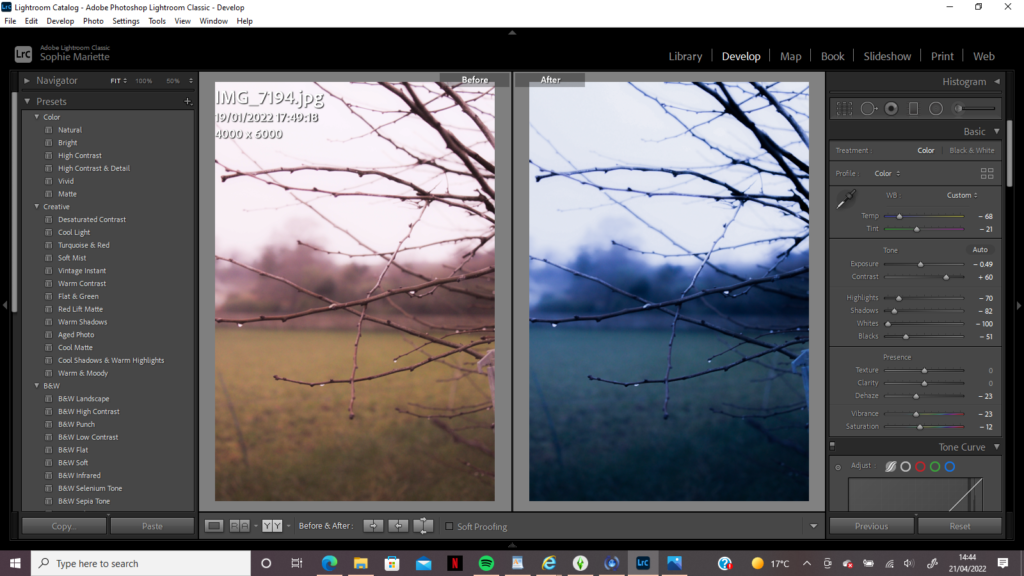
This was one of the first images I captured for my project, on a walk through a familiar woodland one evening I found this branch covered in raindrops. At first I was focused on its beauty, I tried capturing it from different angles and using a wide aperture to blur the background, however when it came to editing I couldn’t decide which atmosphere it created more. Looking at the image it made me feel quite unnerved, the branches closing in from the right have an almost claustrophobic feel to them, I saw a more ‘nightmare-inspired’ atmosphere than a calming one. Nevertheless, this meant editing had to be more thorough to fit with my idea of harsh blue tones breaking up the warmth of other images. I began by decreasing the temperature to -68 so I was able to work with the blue tones, I then increased the contrast to create a sharper image and decreased the exposure slightly however the image had too many purple undertones from the original sunset haze. Therefore I slightly decreased the tint of the image to create more green undertones so the image wouldn’t look too unnatural. After touching up the dark and light tones in the image I was really happy with how it turned out, from beginning my edit with a pink, soft image which I had edited to fit with the ‘dreamlike’ photographs, it was interesting to then completely try to change the mood by using a colder palette.
Final Edited Images:
So much inspiration was taken from Darch’s photobook ‘Vale’, I wanted to create that same welcoming but also disconcerting atmosphere. Some quotes that inspired me, from critics discussing ‘Vale’; “Vale is the latest photobook by the artist, which he has self-published. Images of old trees, verdant valleys and hot summer hazes denote an archetypal British countryside and typify the narrative. Alongside this, disconcerting elements peek from behind; something can be felt amongst the trees. The beauty of nature faces a ghostlike, fractured, and melancholic stillness. There is more at play under the surface of this pastoral landscape.” “The work draws from the lived experiences of ill-health. Darch found comfort in fictional worlds, domestic interiors, and the natural landscapes around him. Vale is a compilation of these multiple worlds, allowing the realities, dreams, fictions and memories to blend together in a space of escapism and meditation. Vale cannot be found on a map. It is not a topographical reality, but a semi-fictional one Darch has lived in for the last decade.” – Isaac Huxtable – 2021. It is these fictional worlds that I wish to continue creating in each photoshoot, I plan on undertaking my second shoot by focusing on this theme of ‘dreams’ and using a pictorialism influence to make some Robert Darch inspired images seem even more mystical and unreal.



